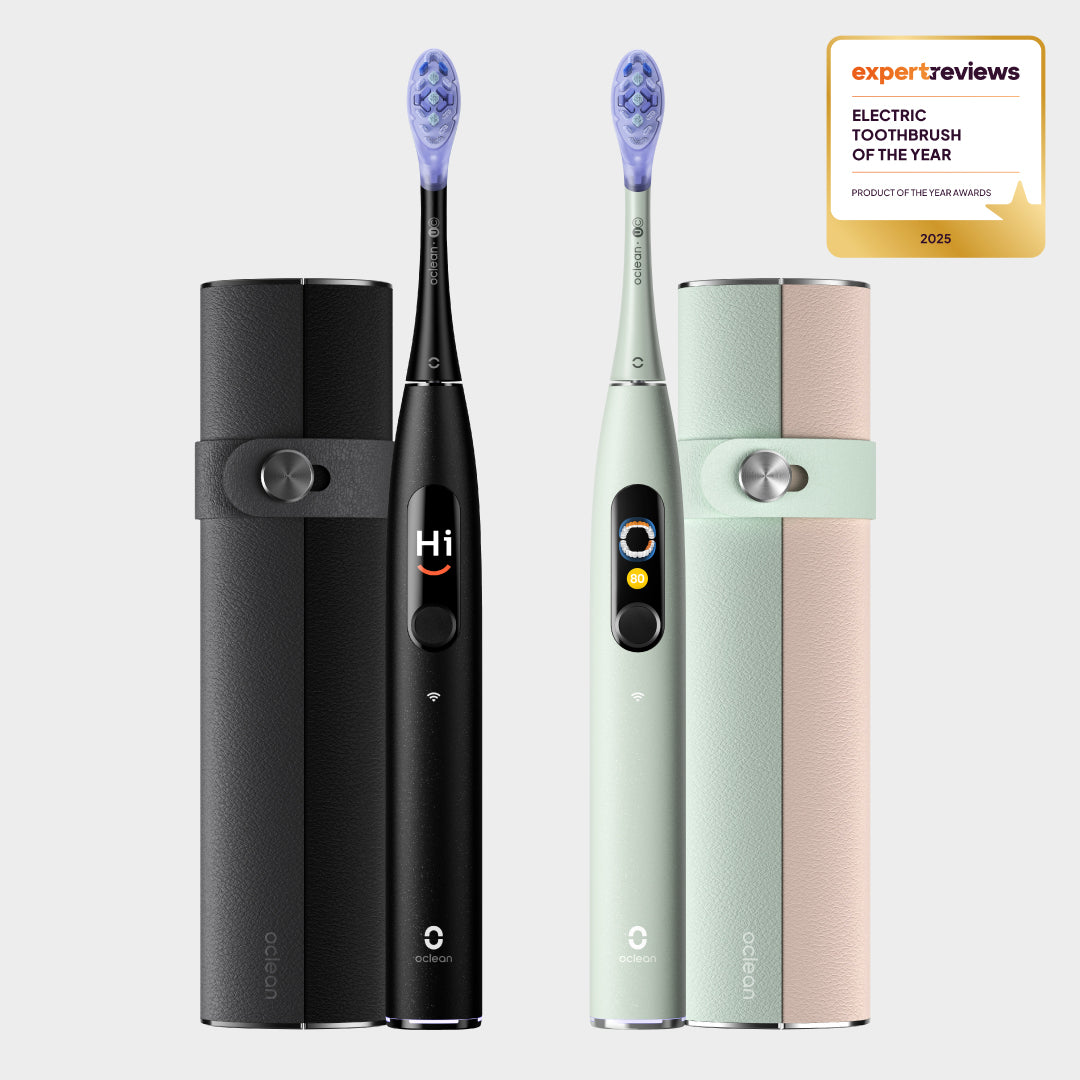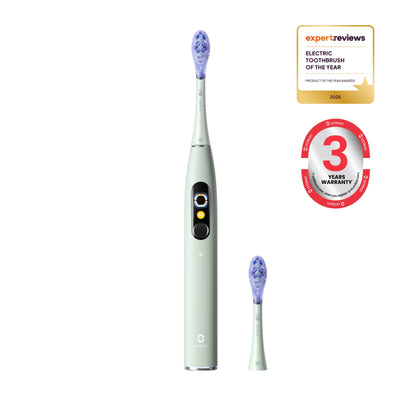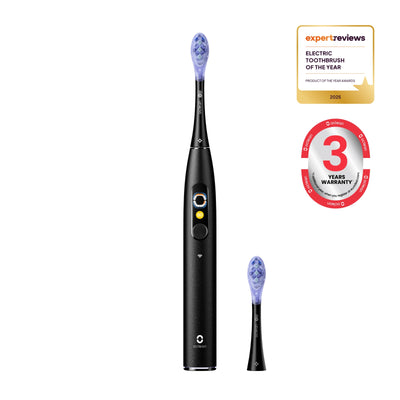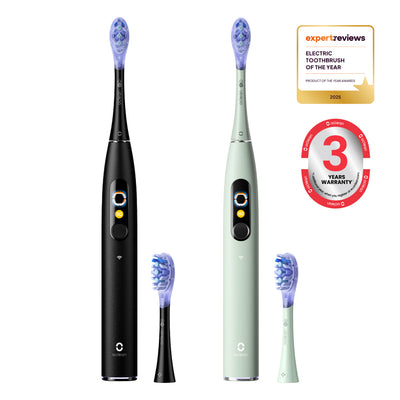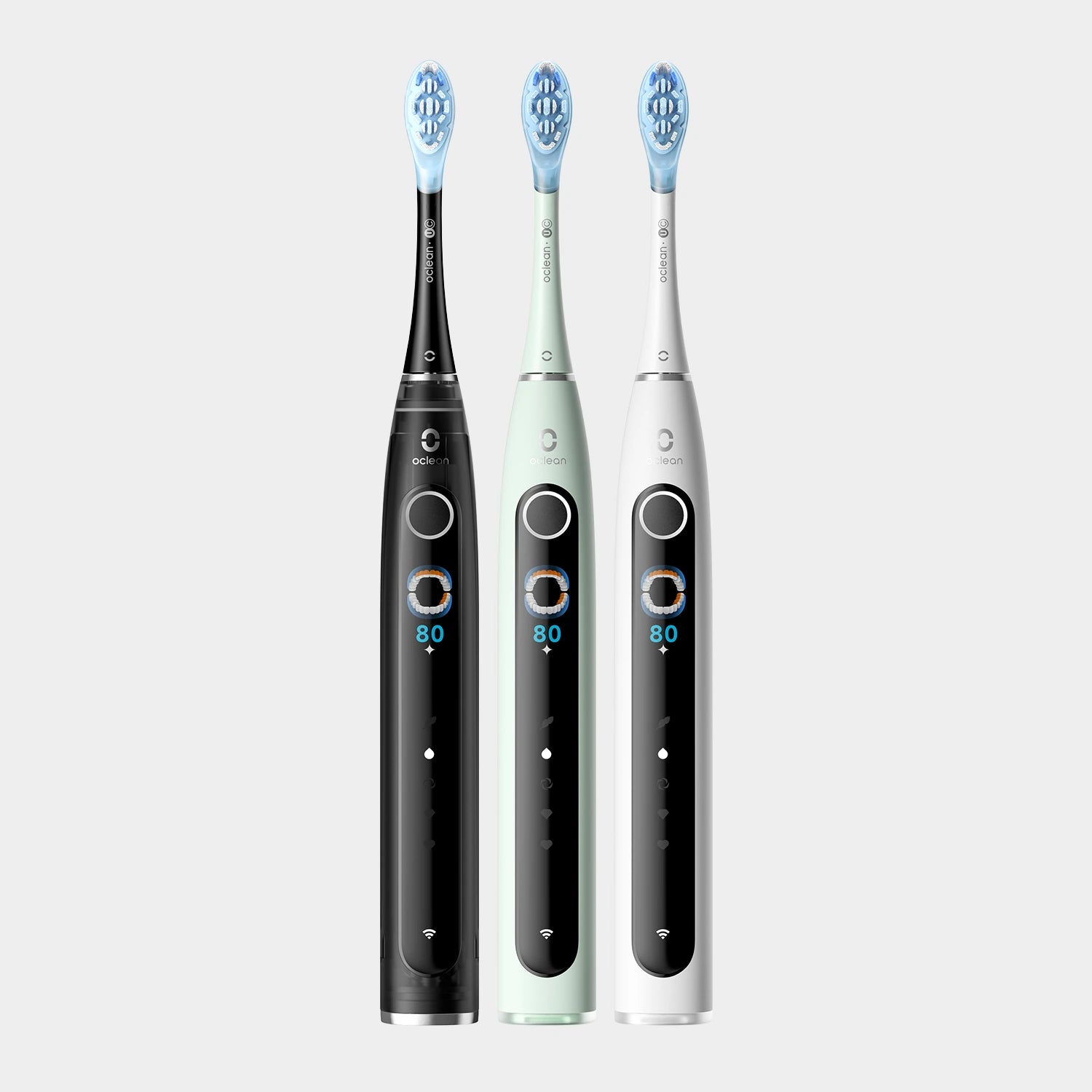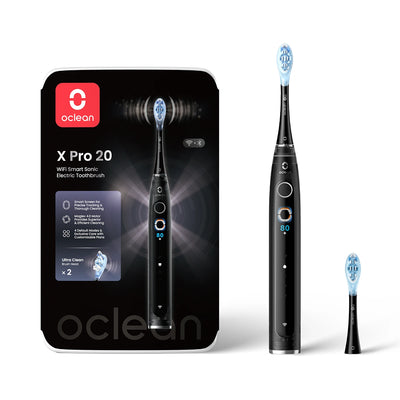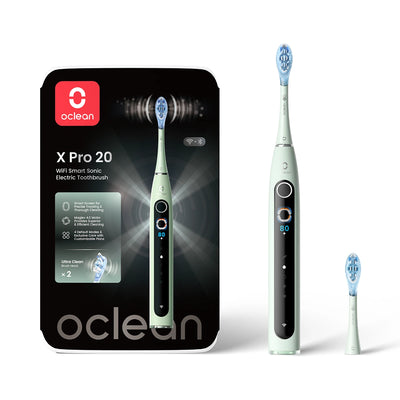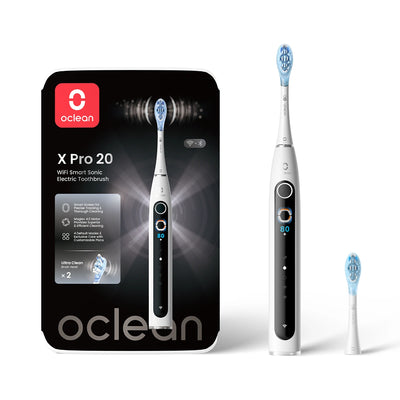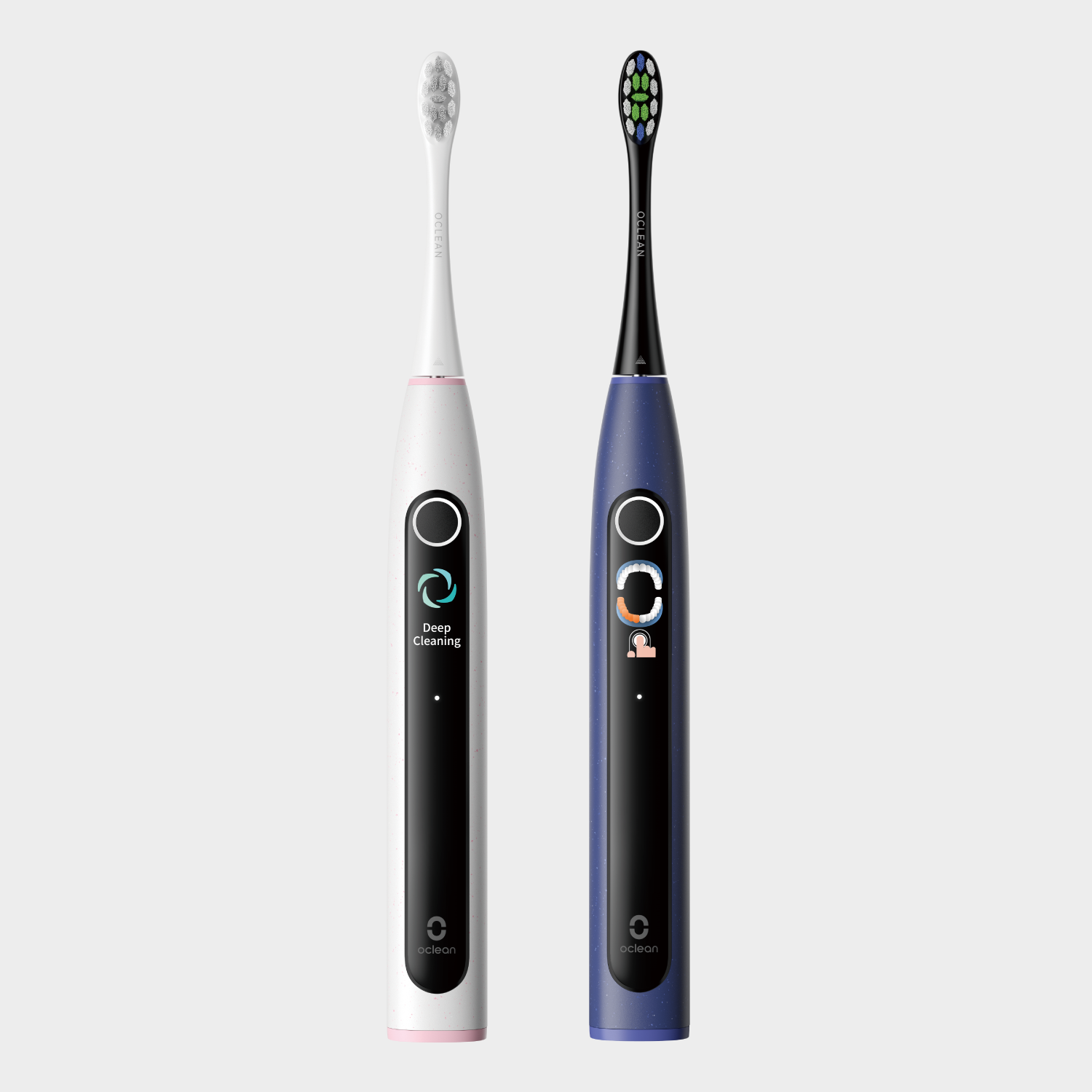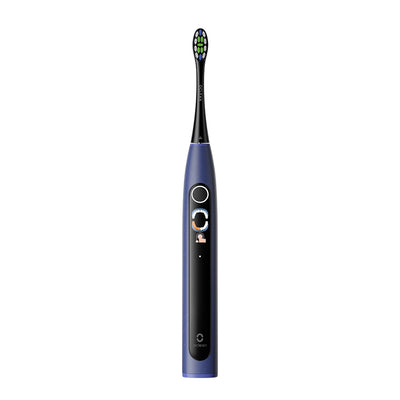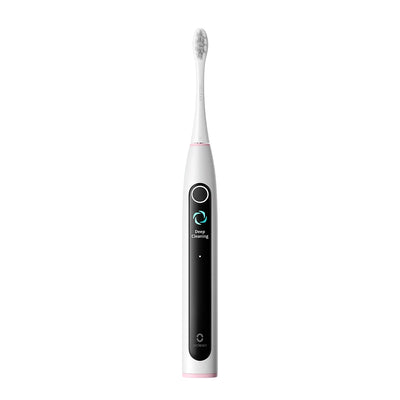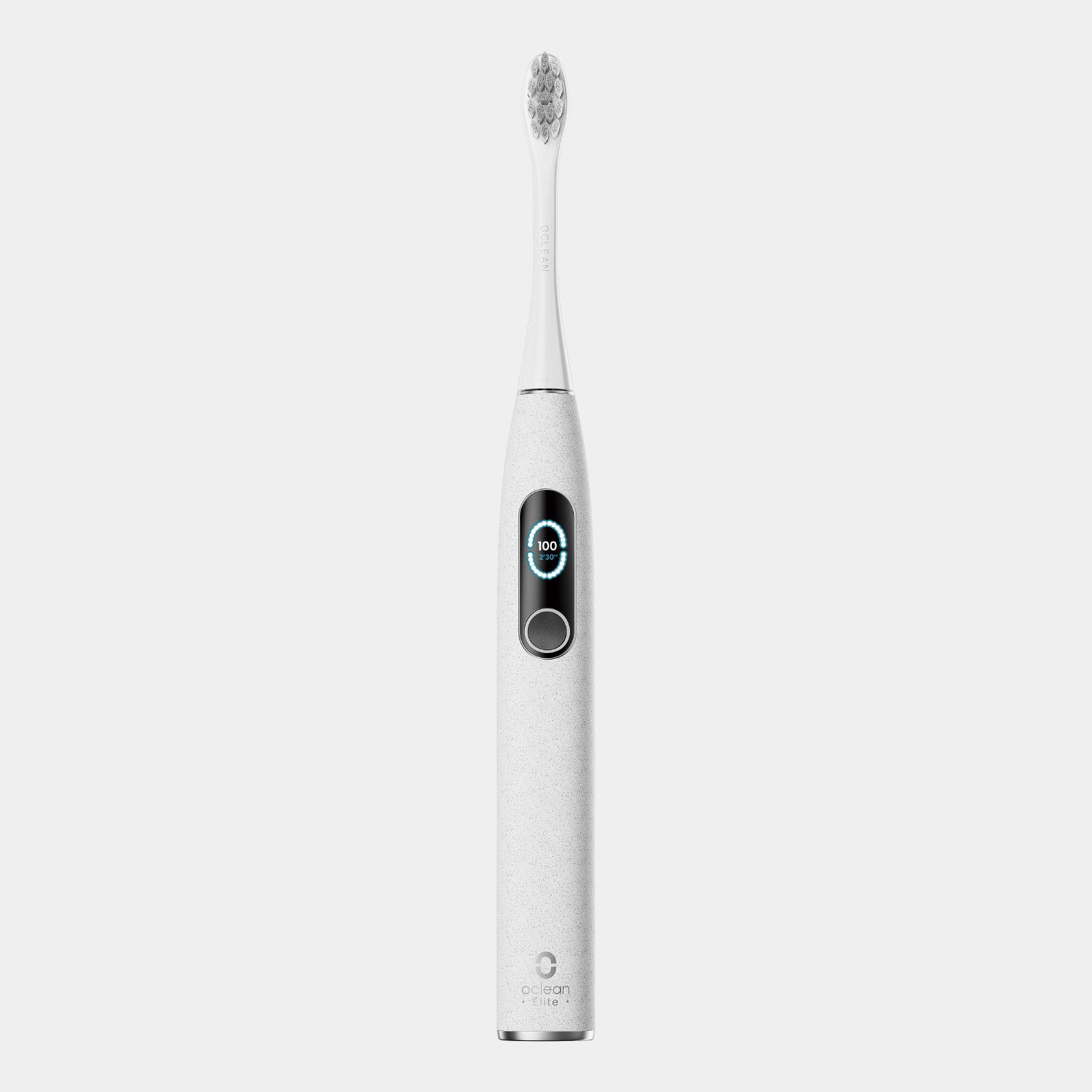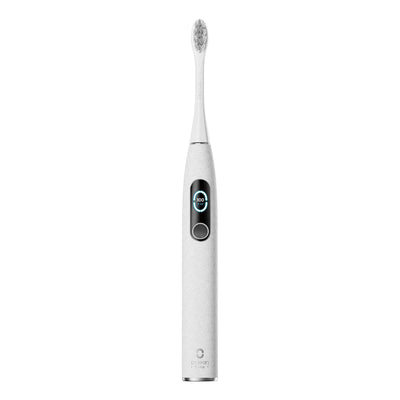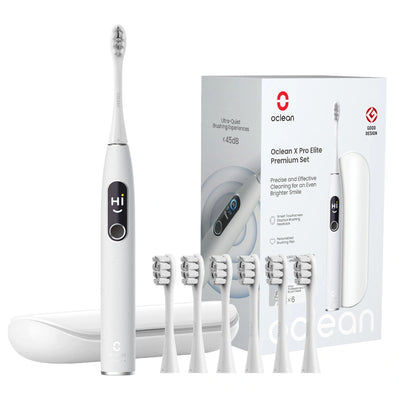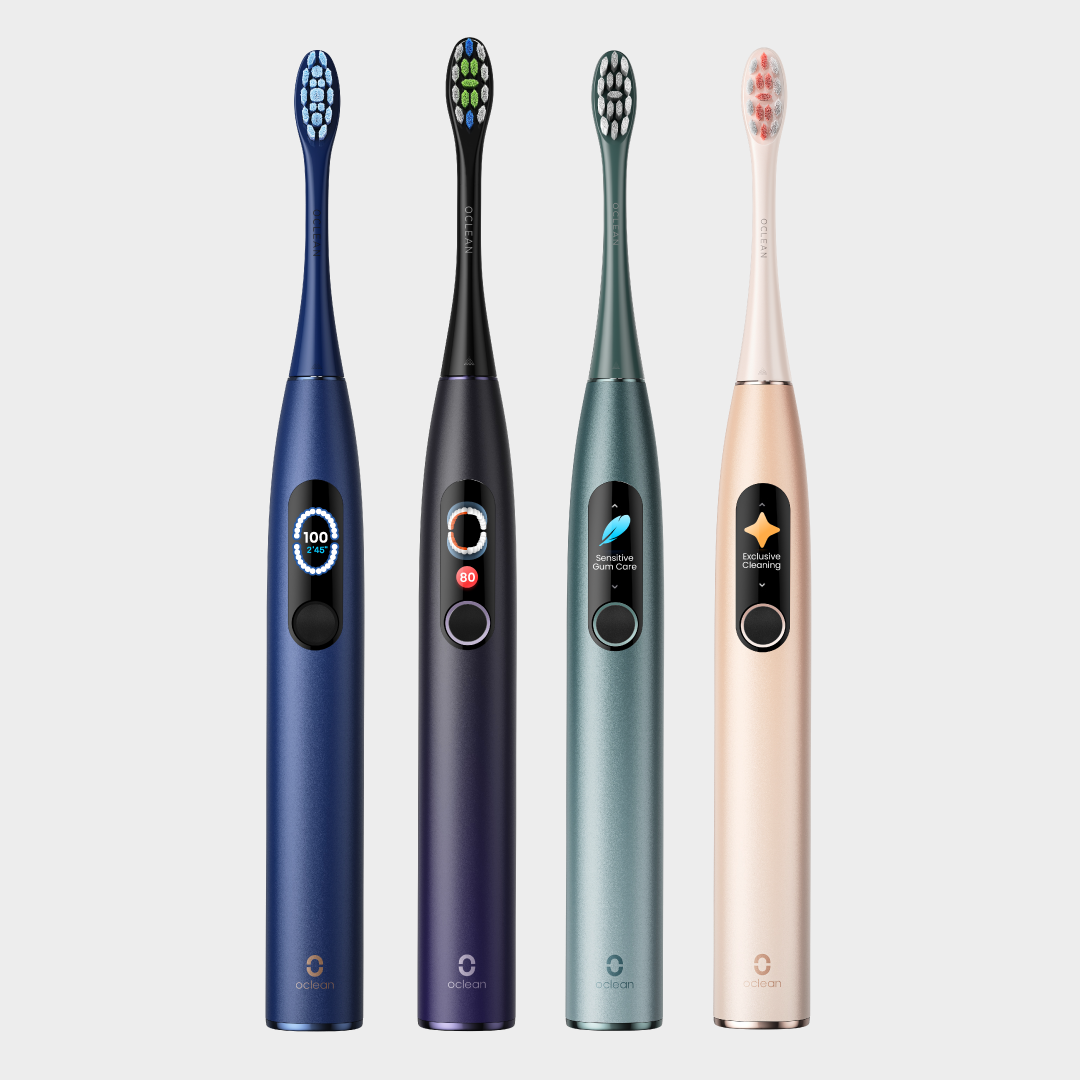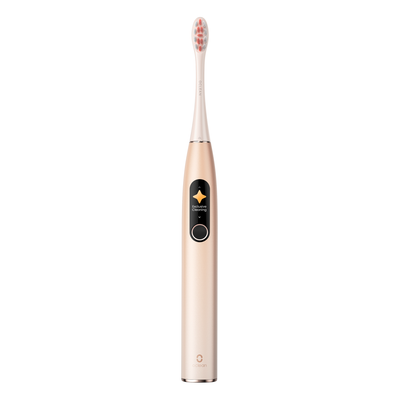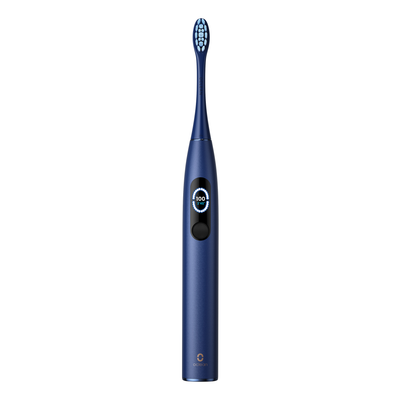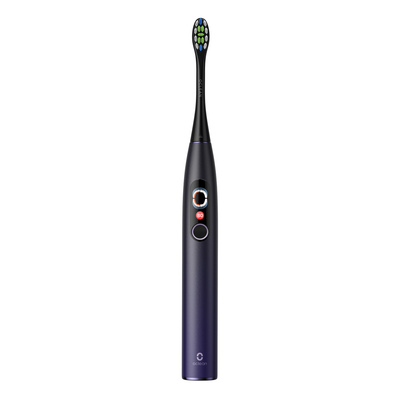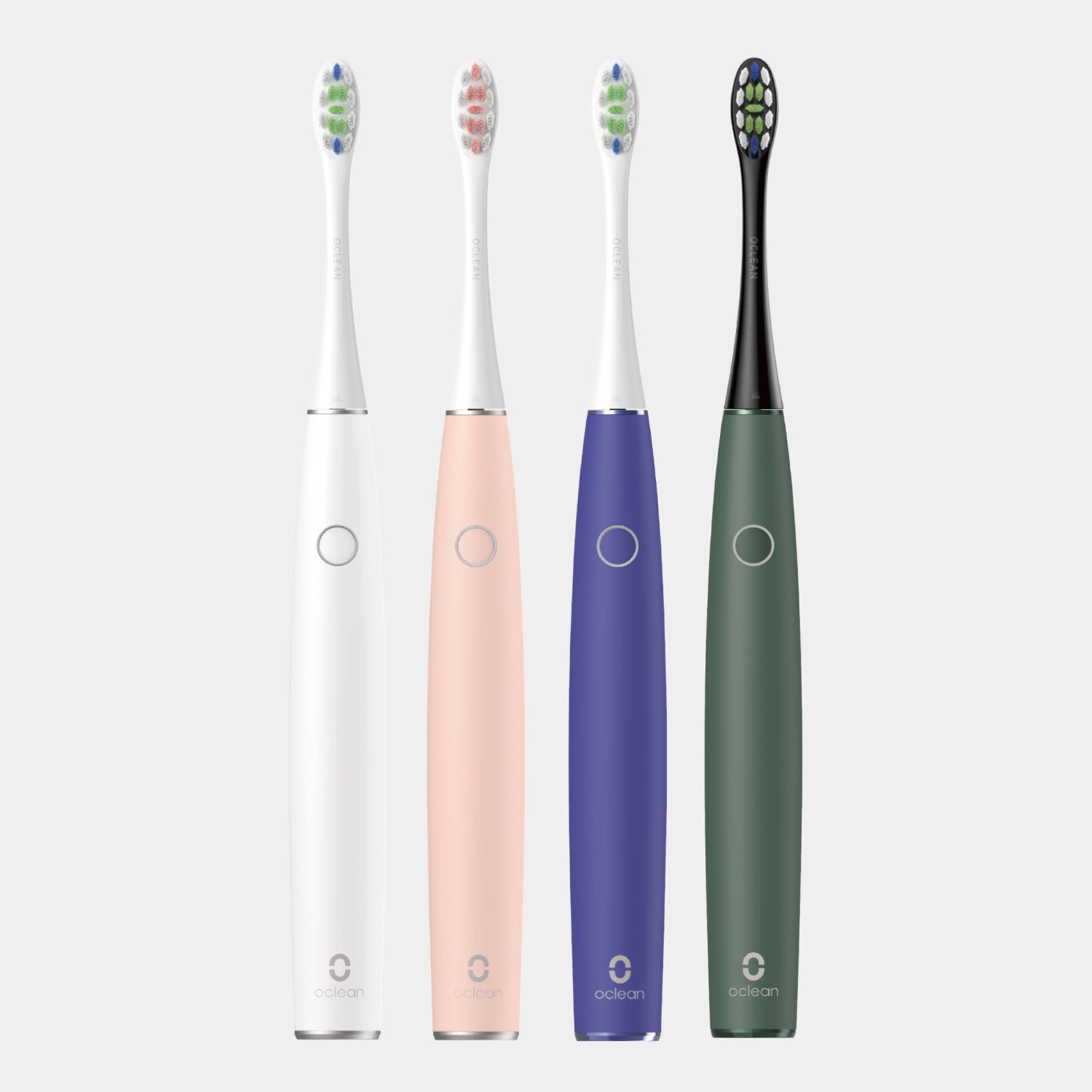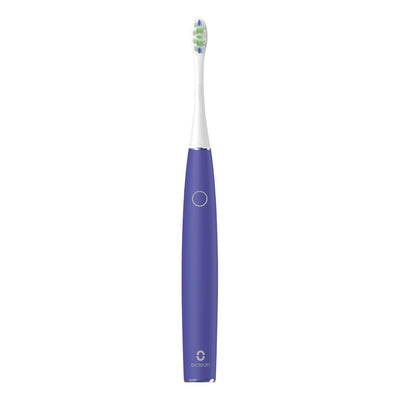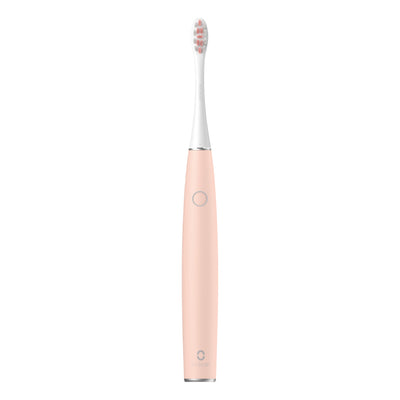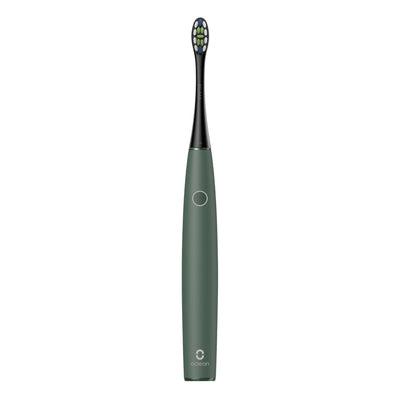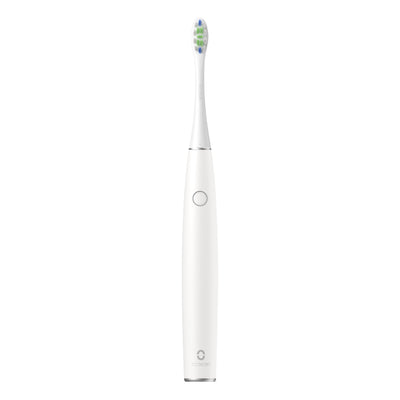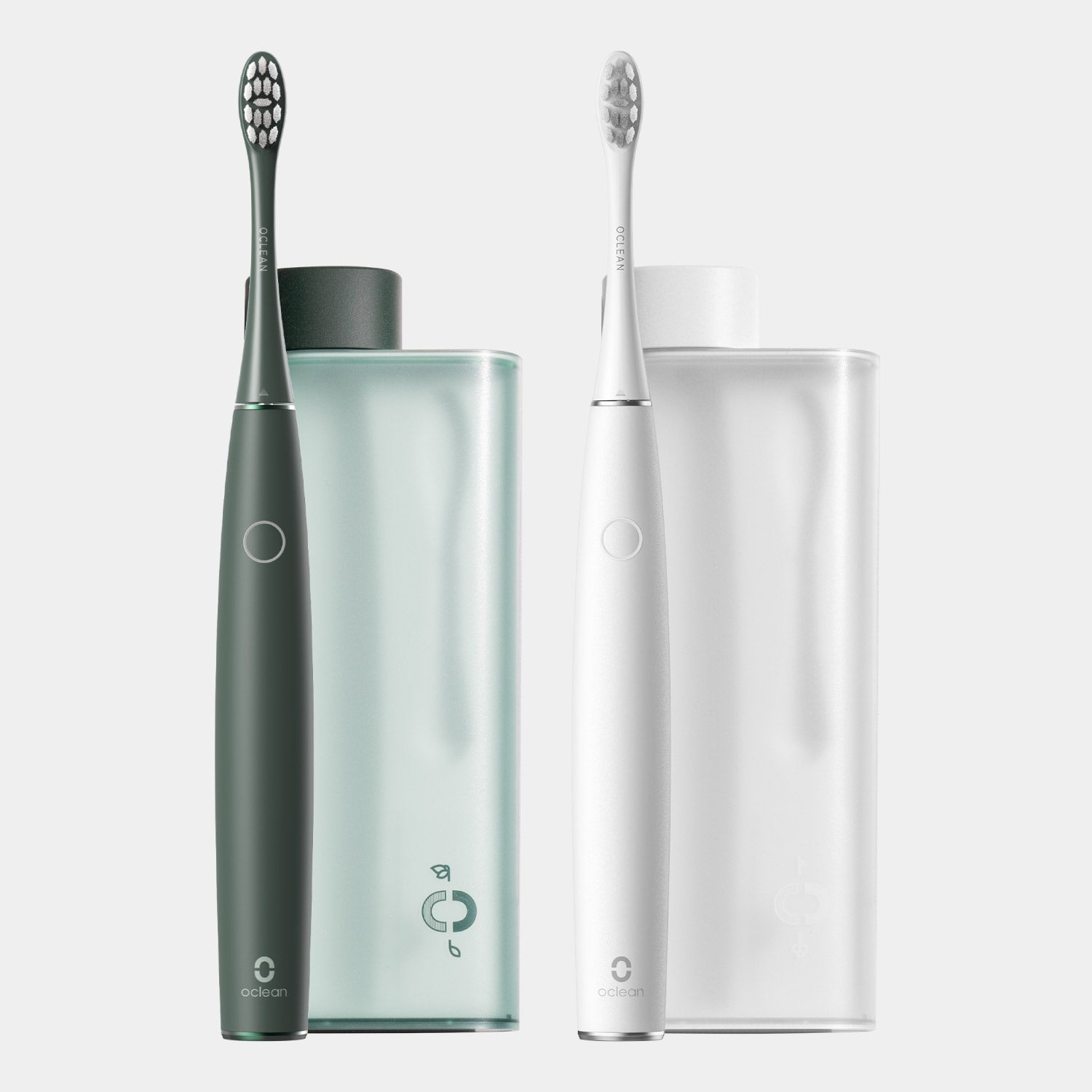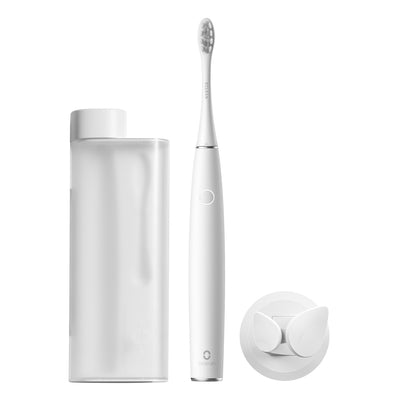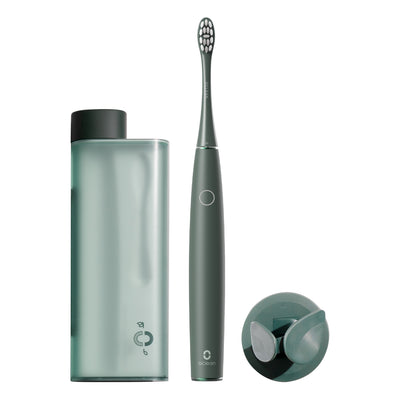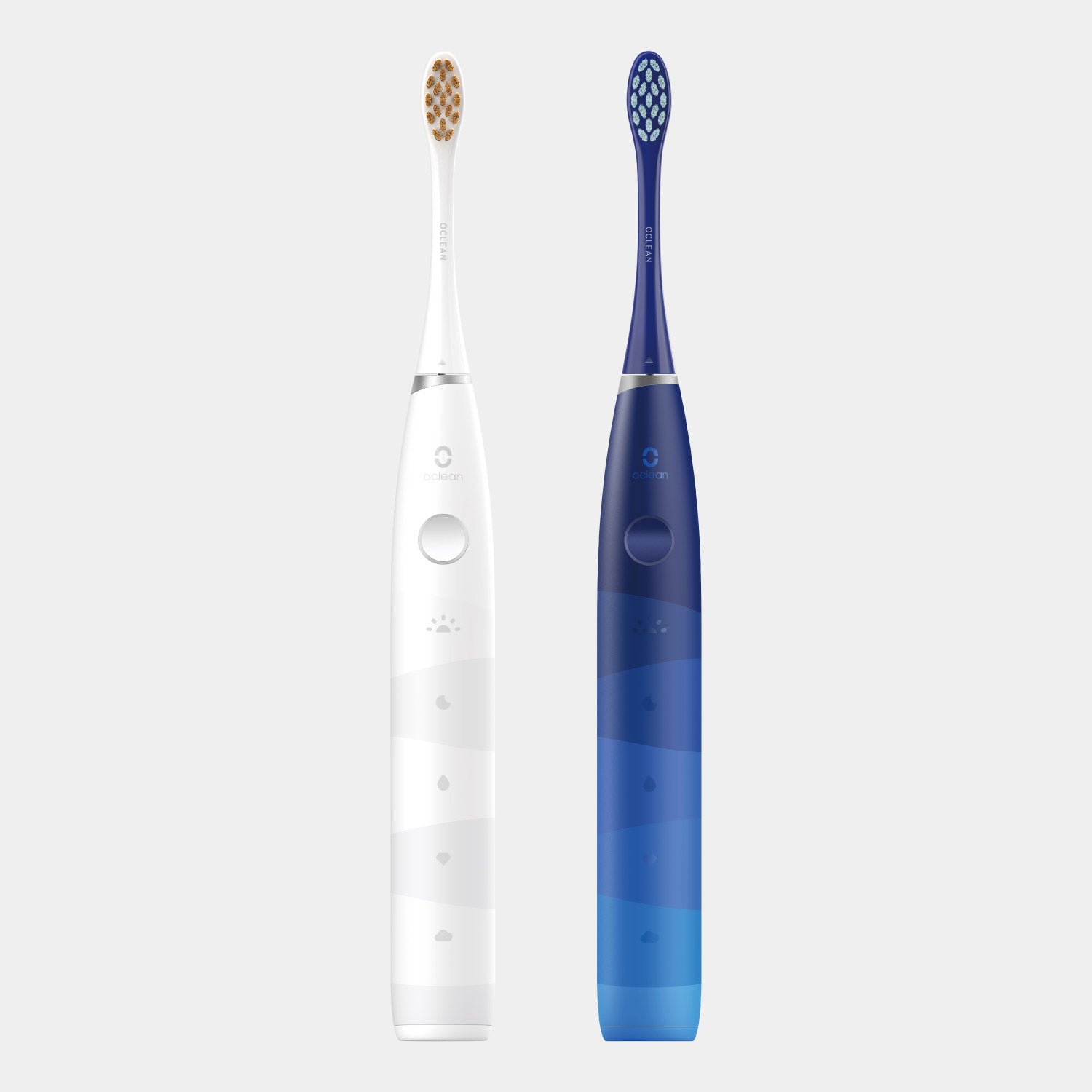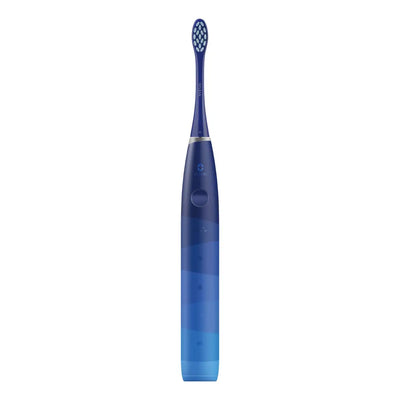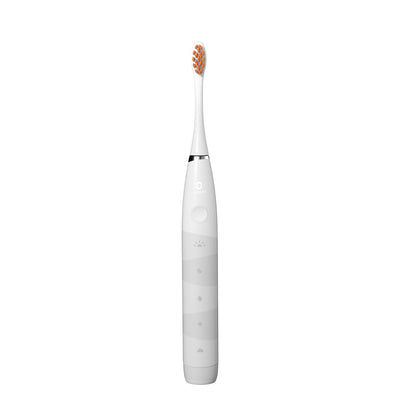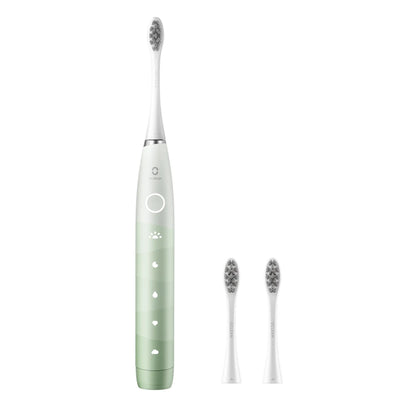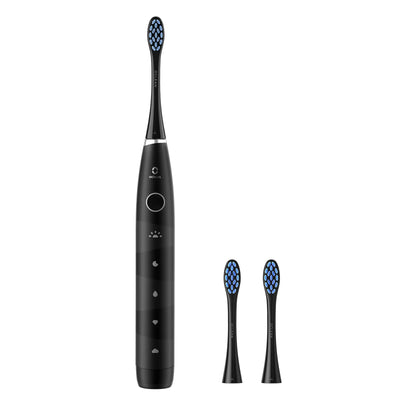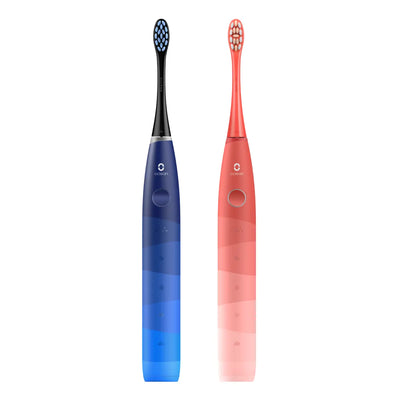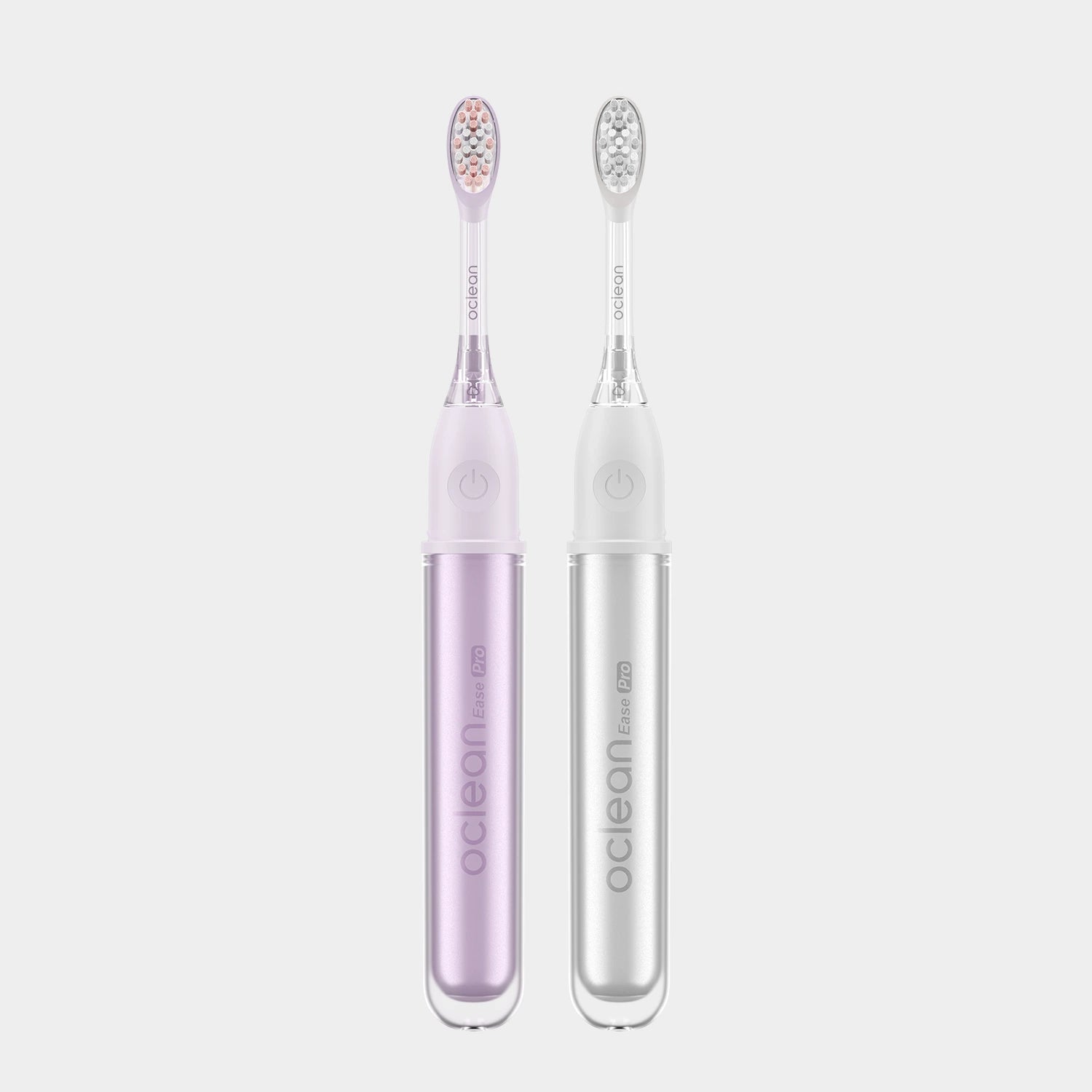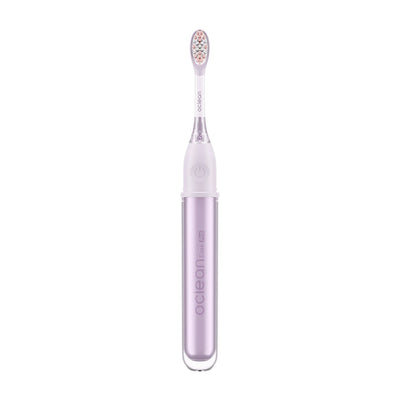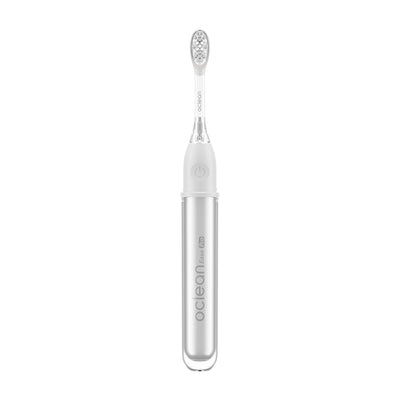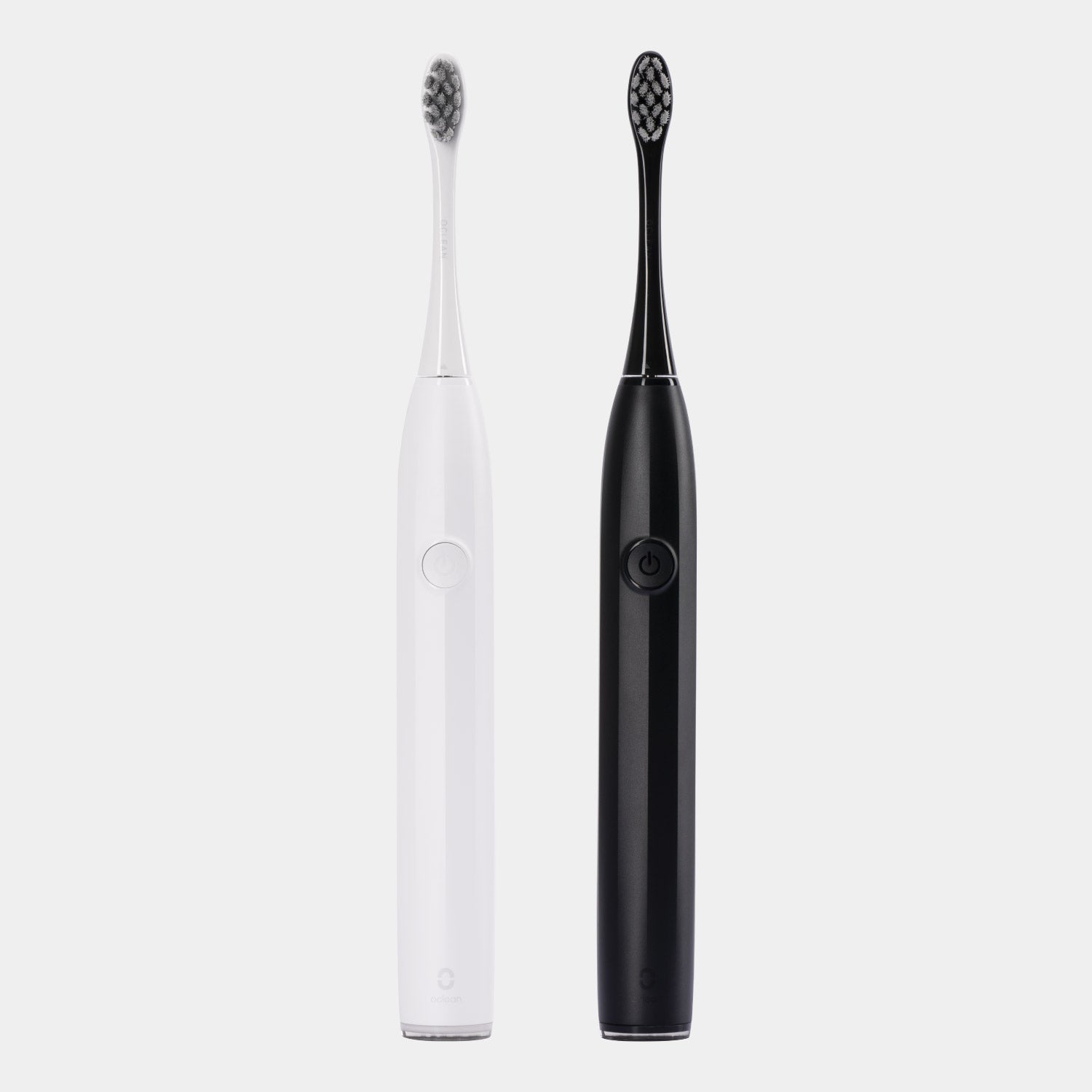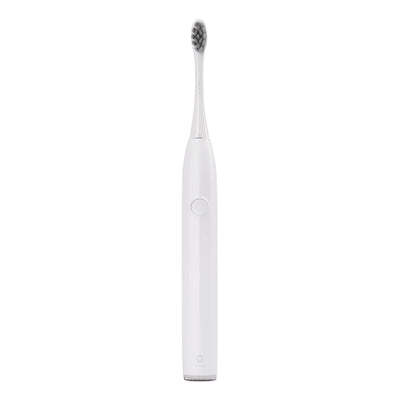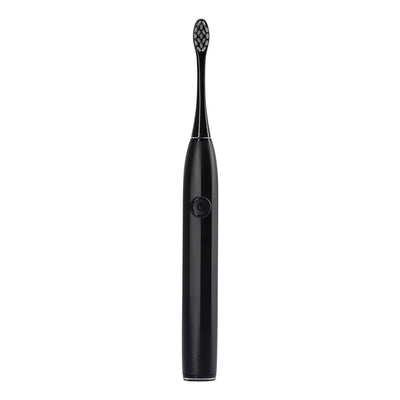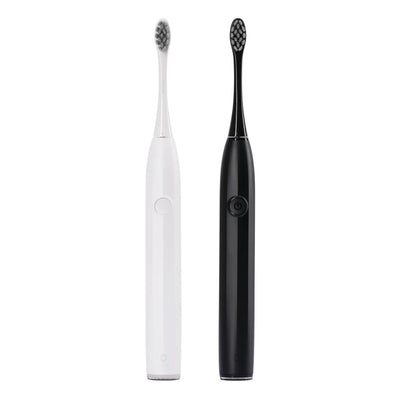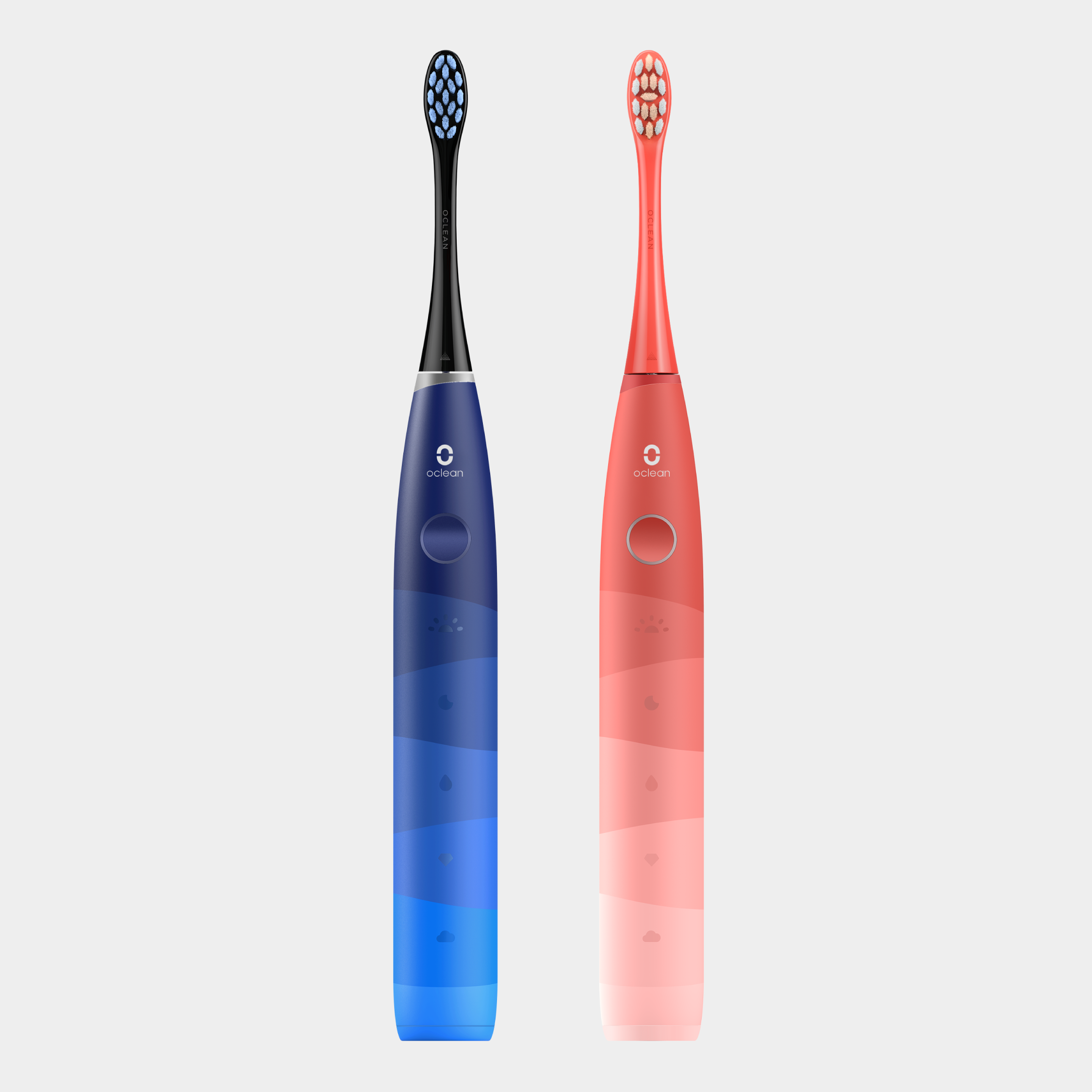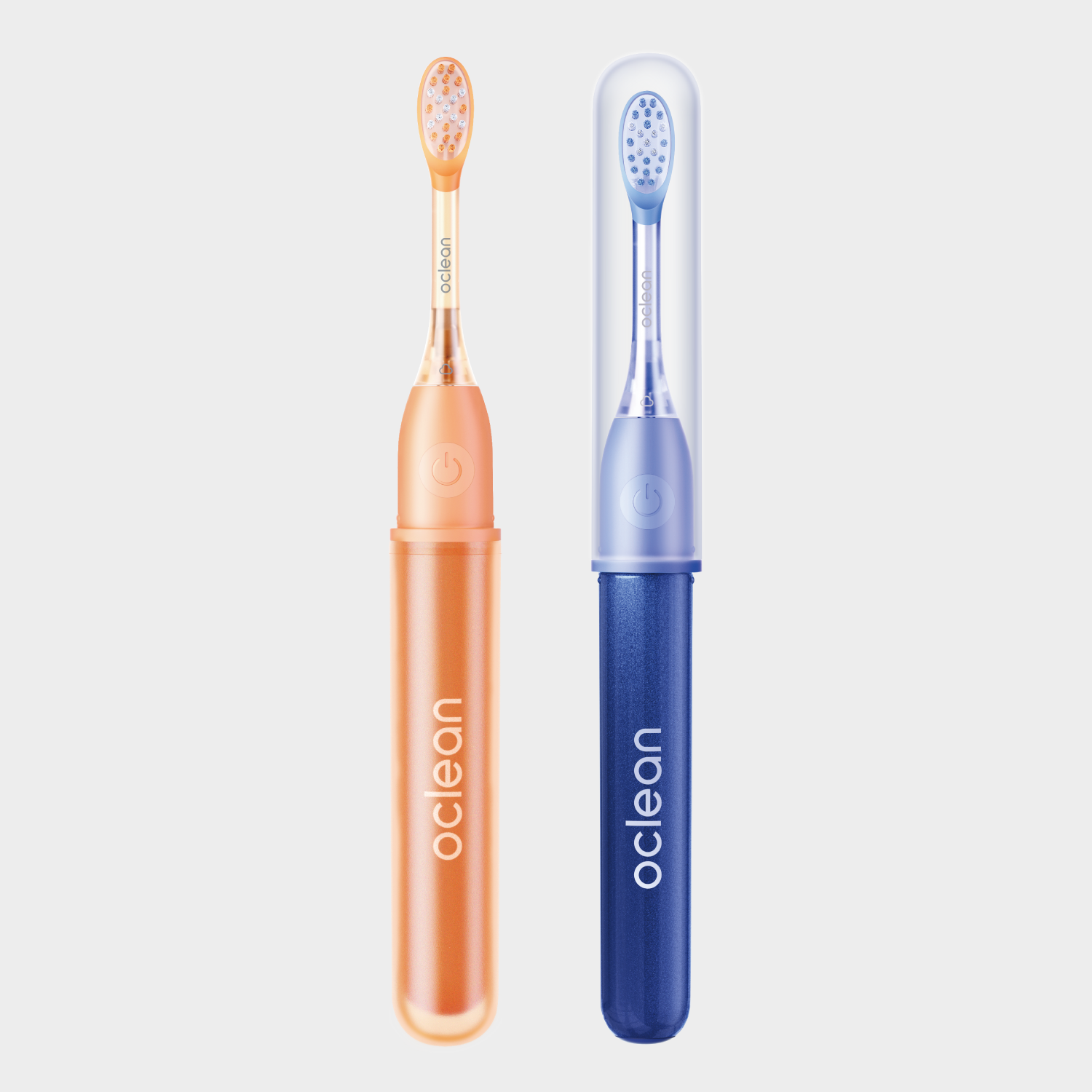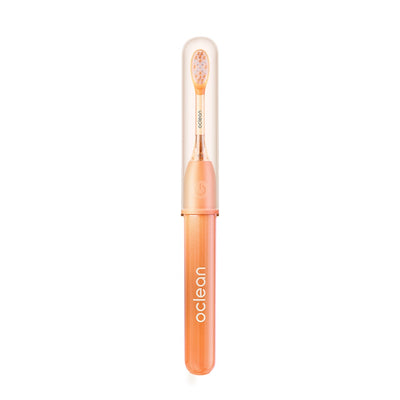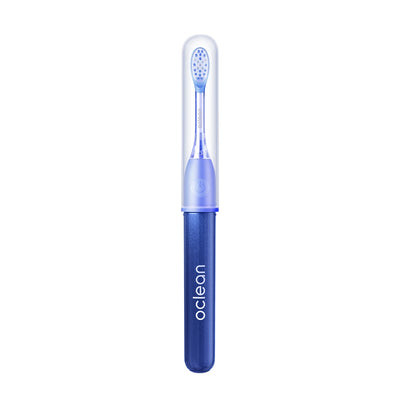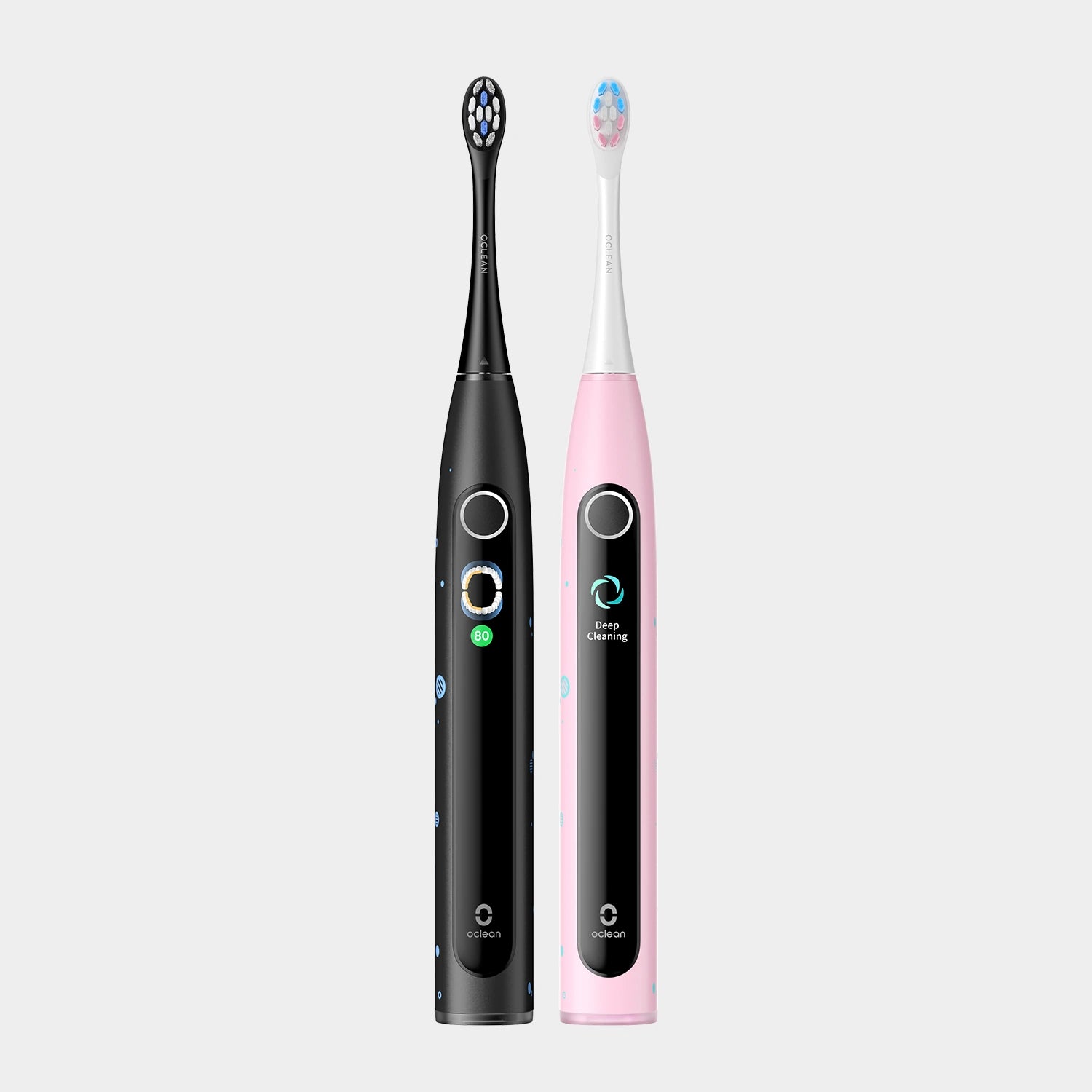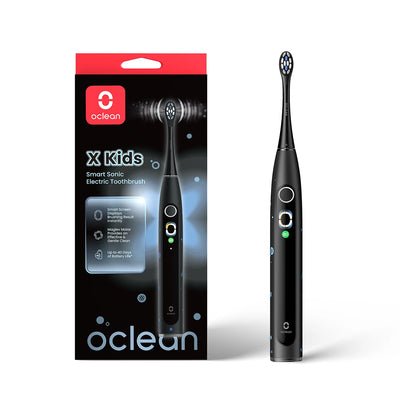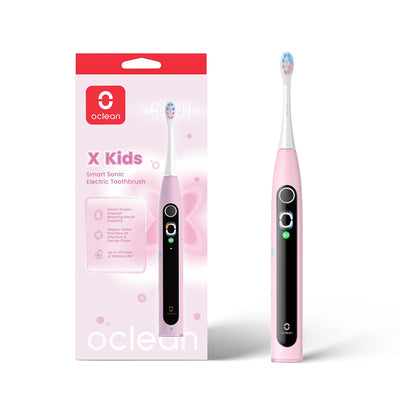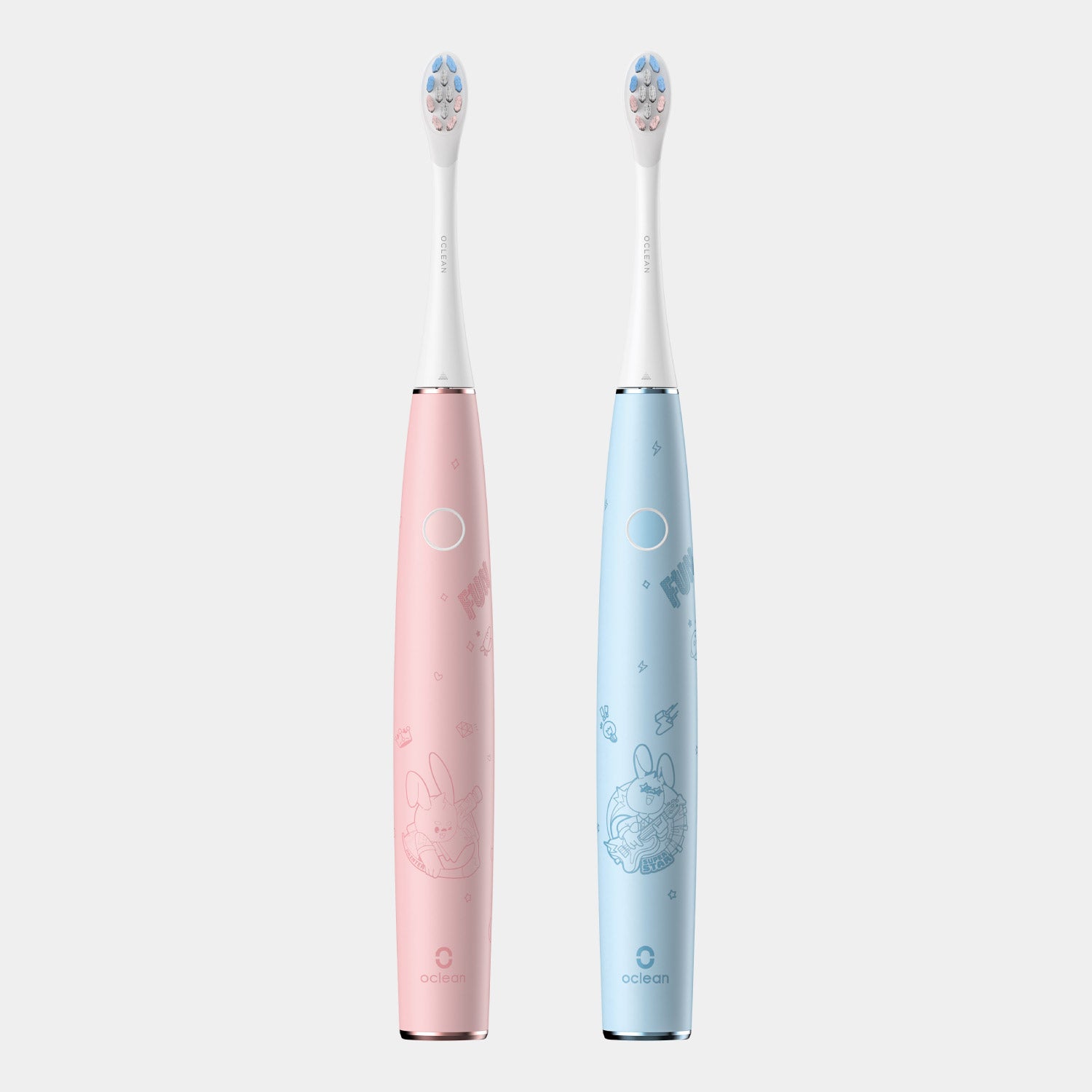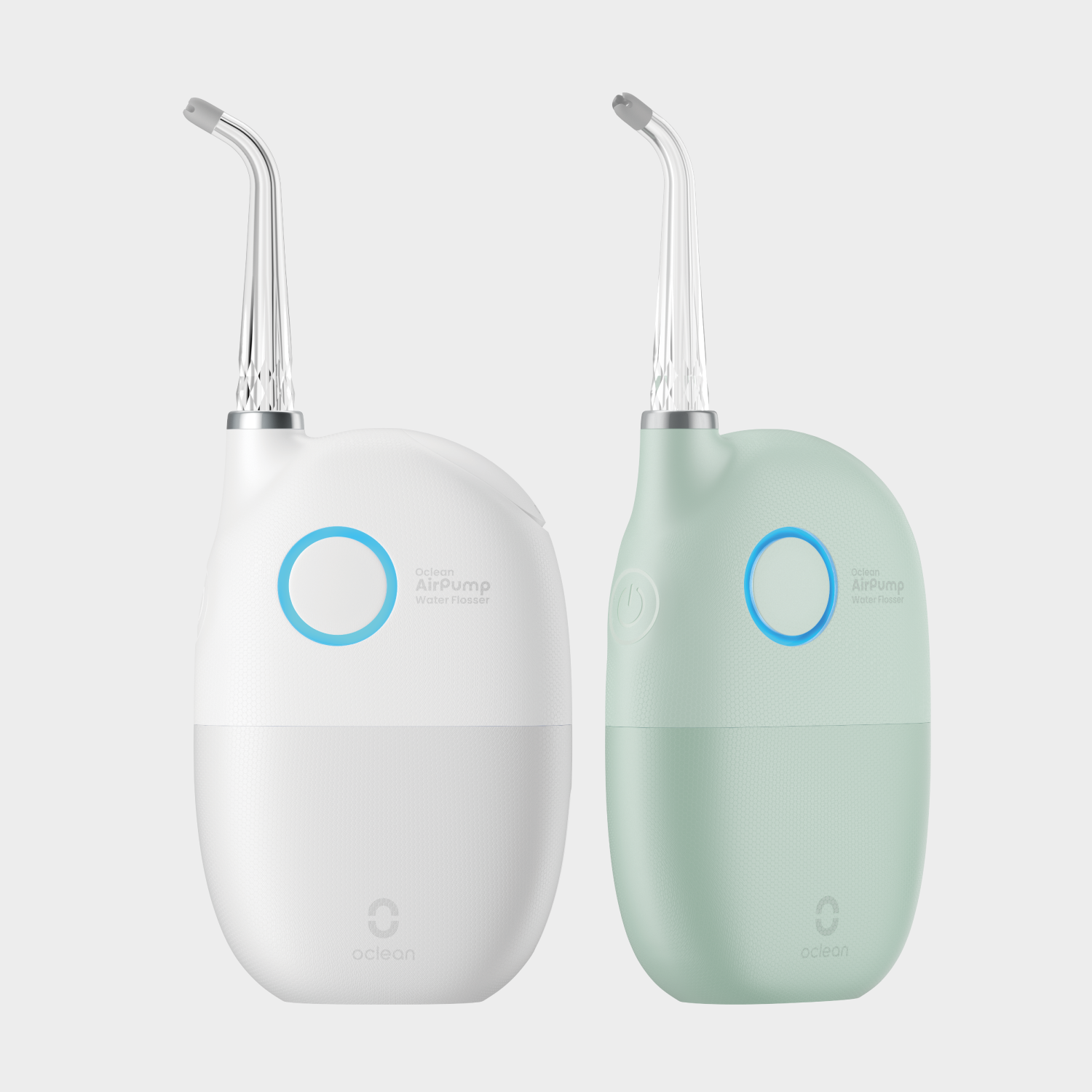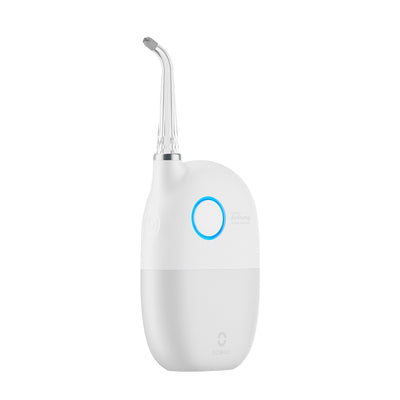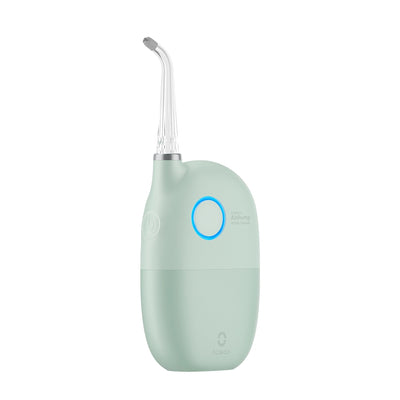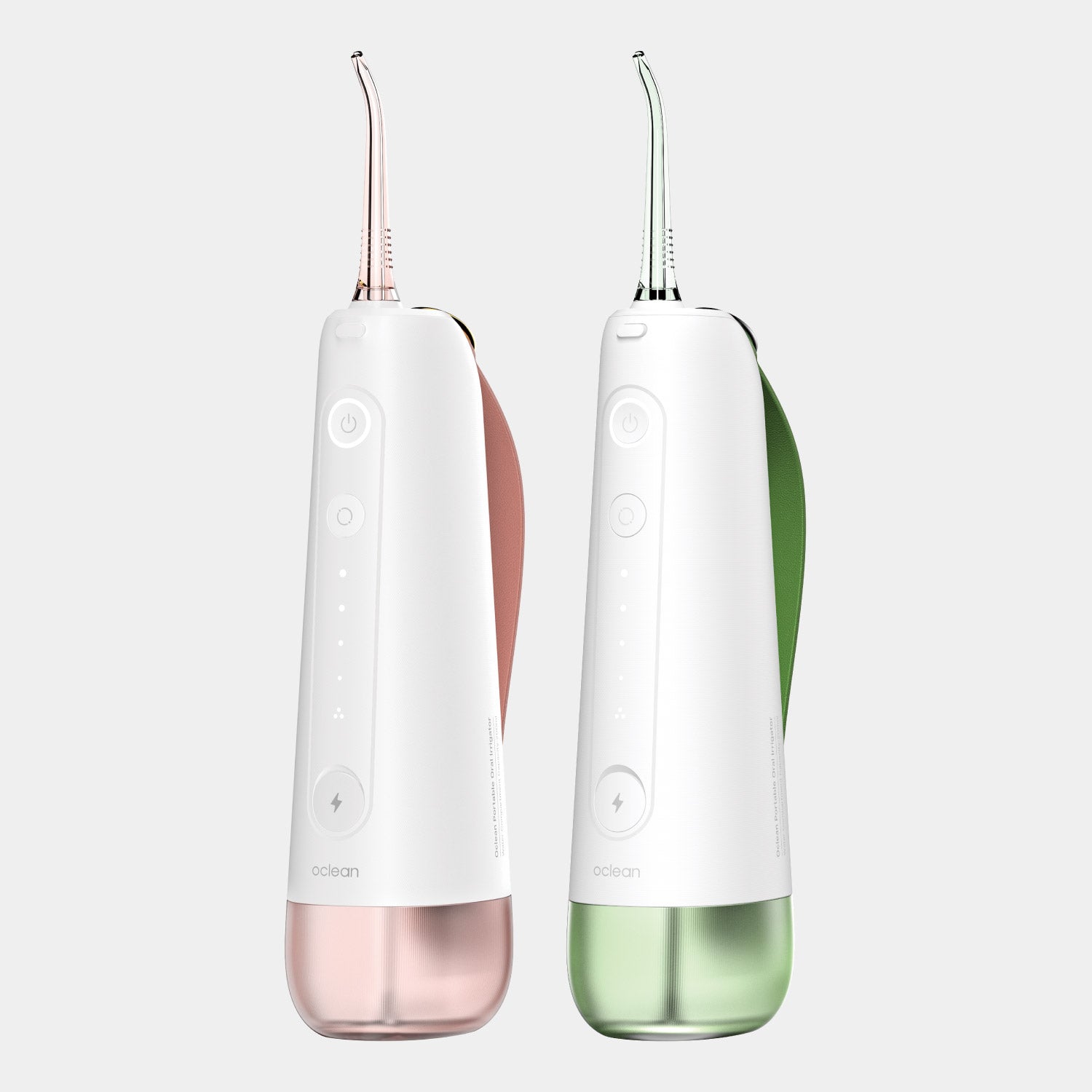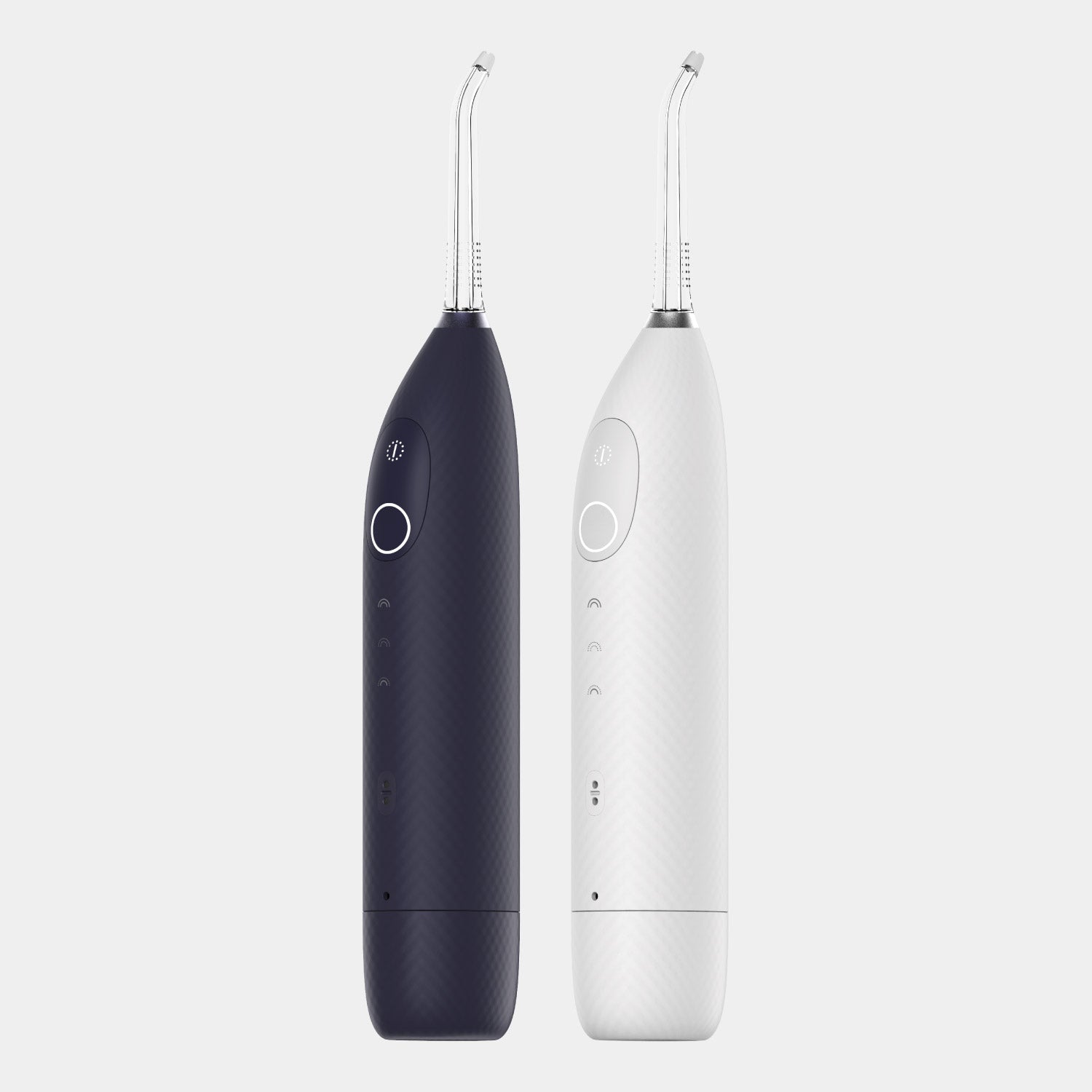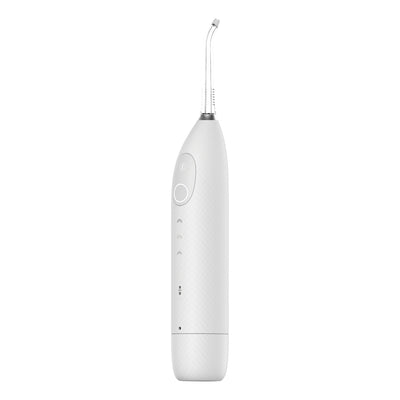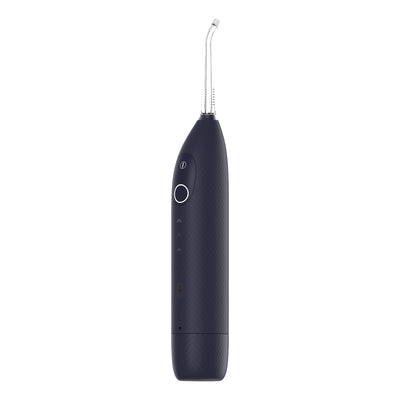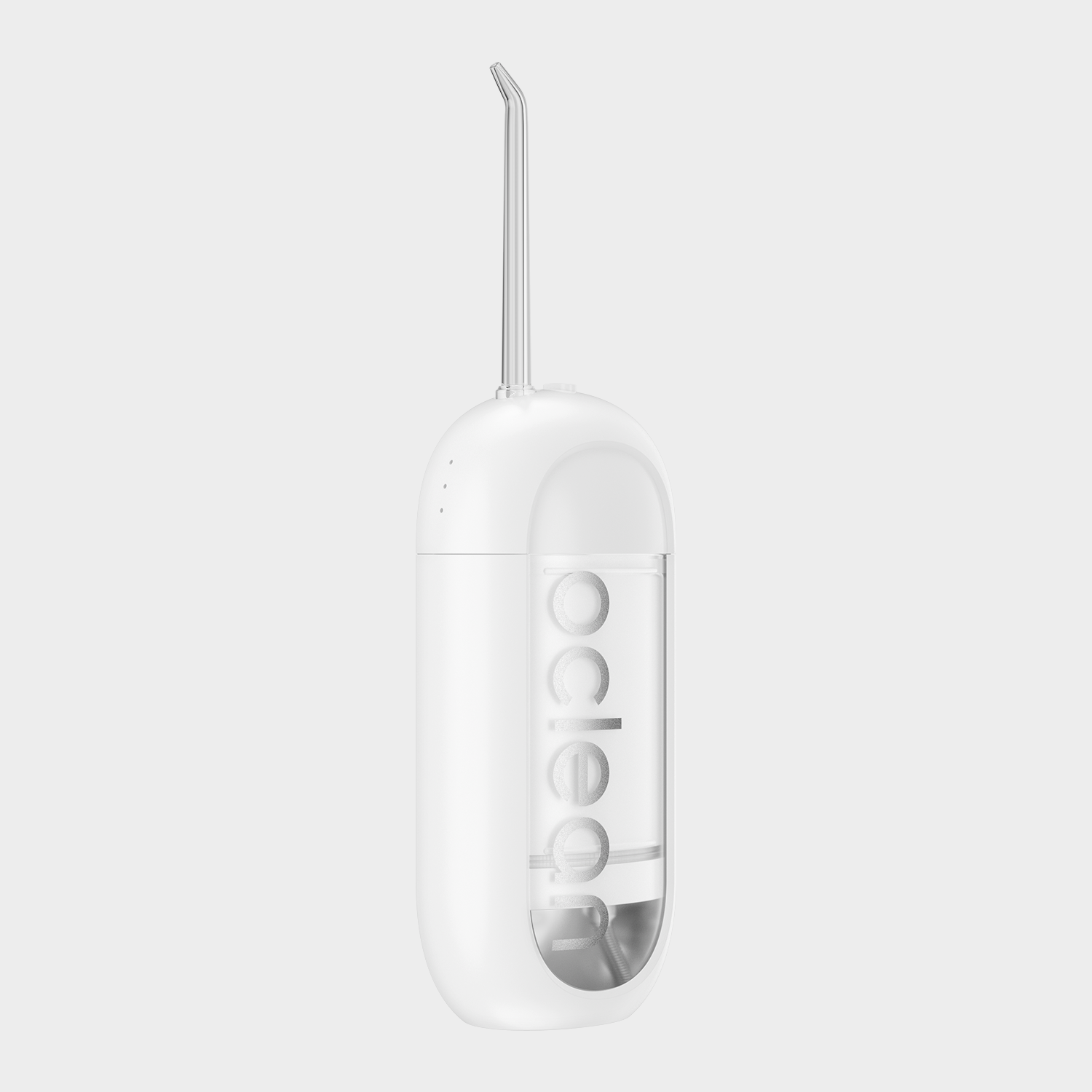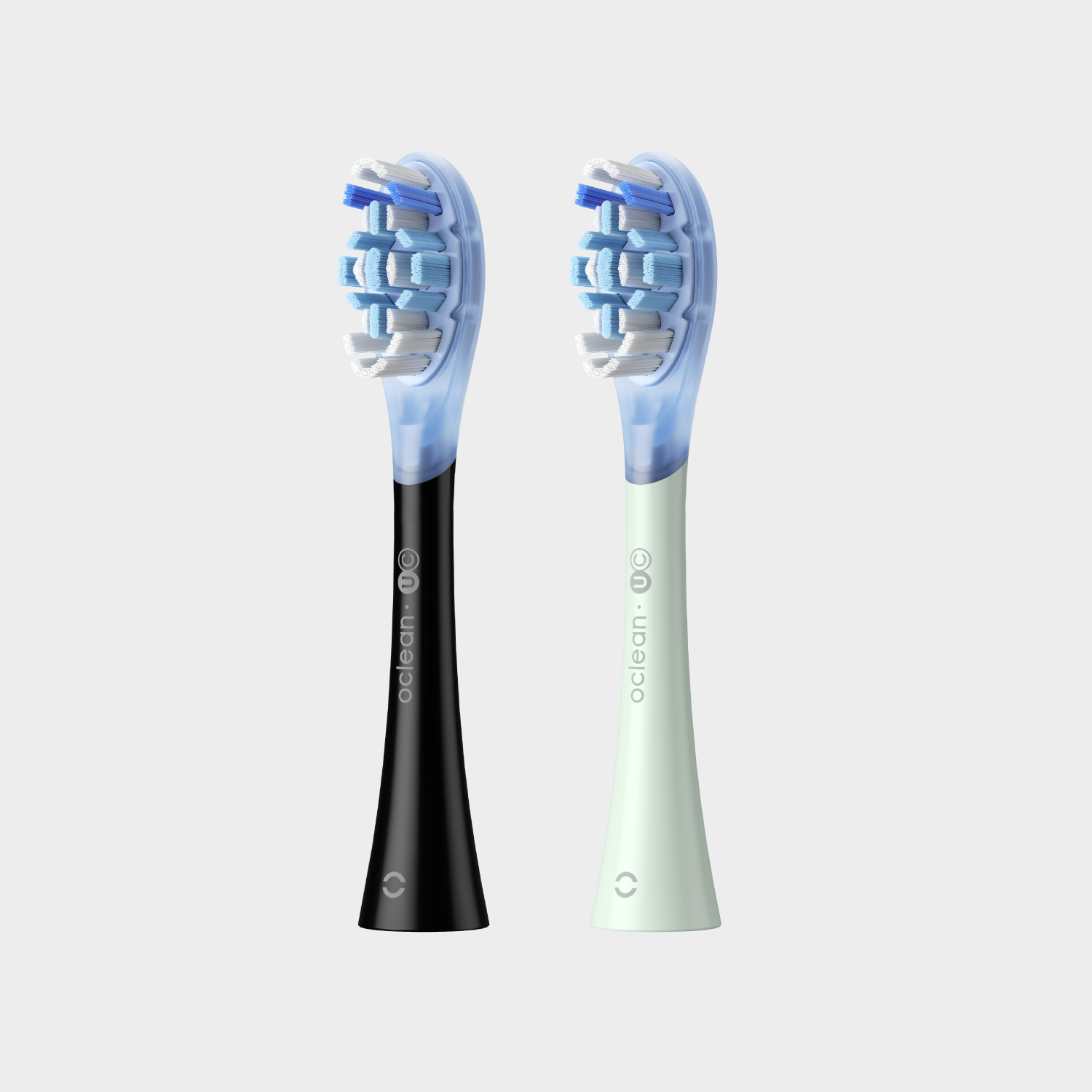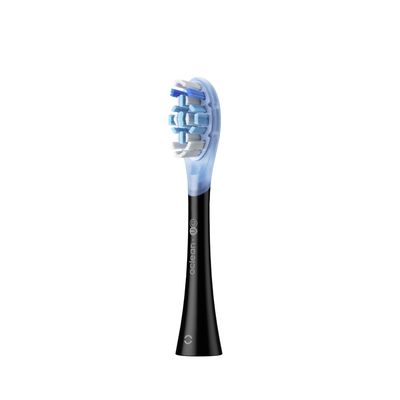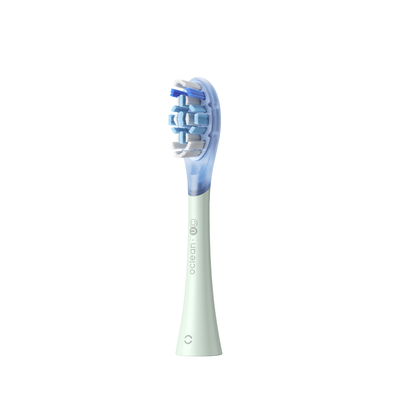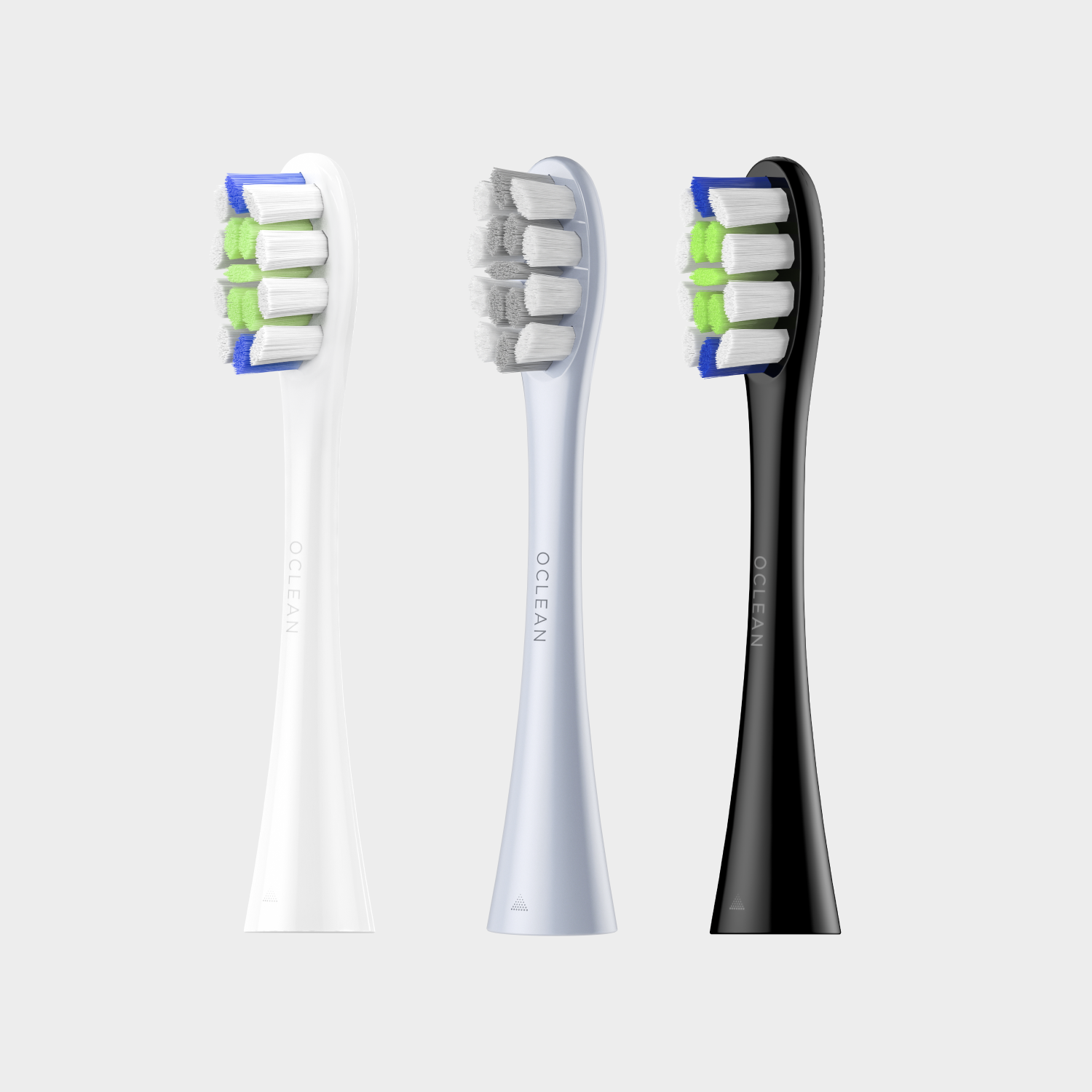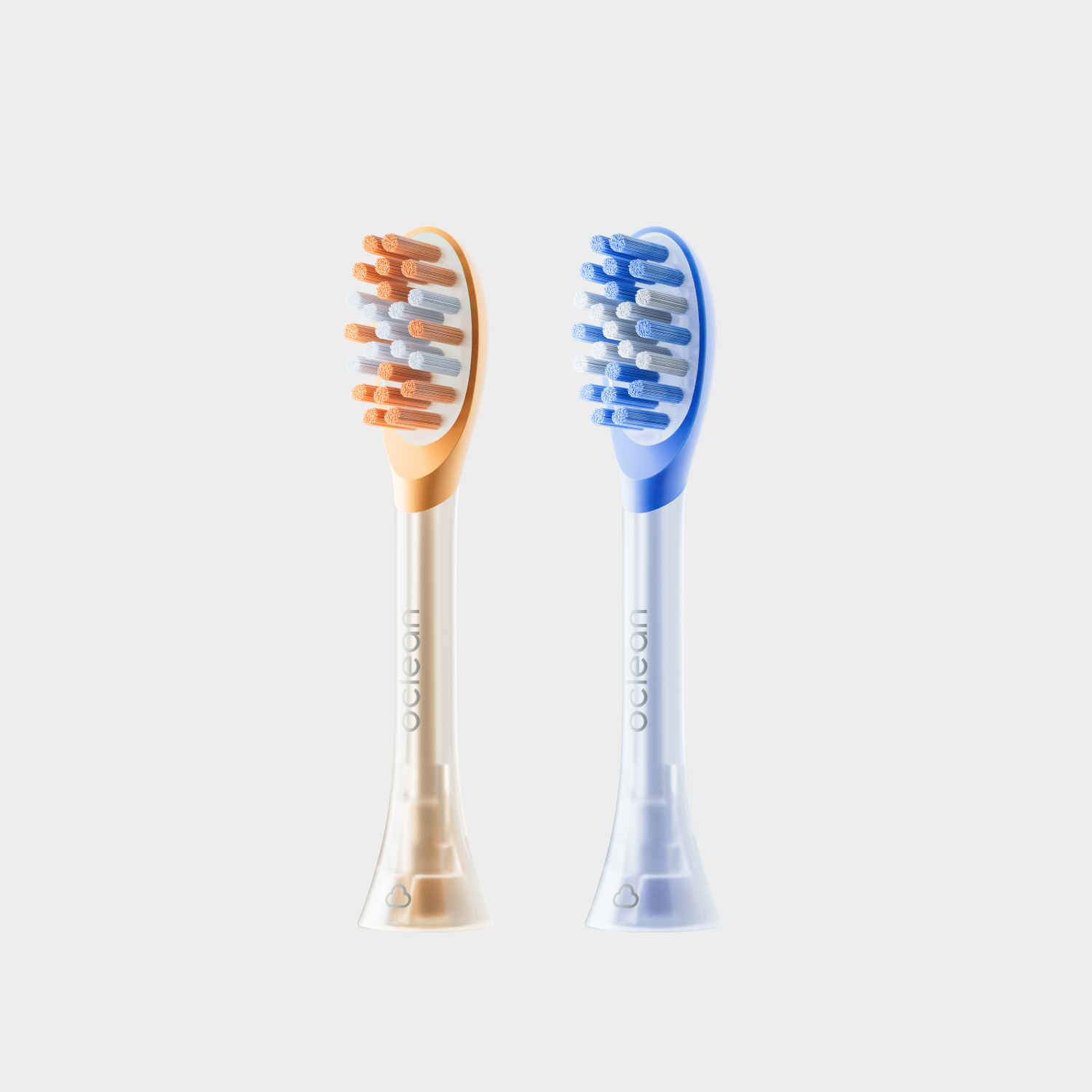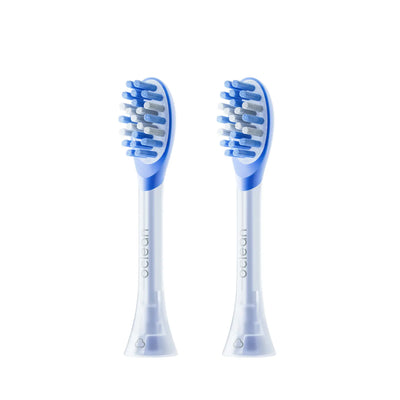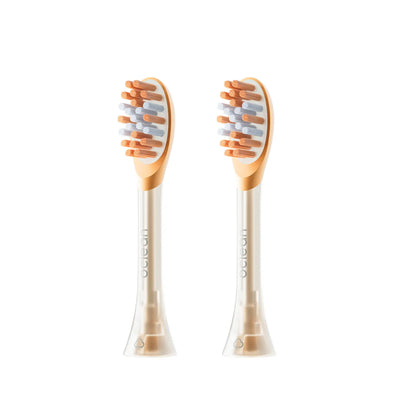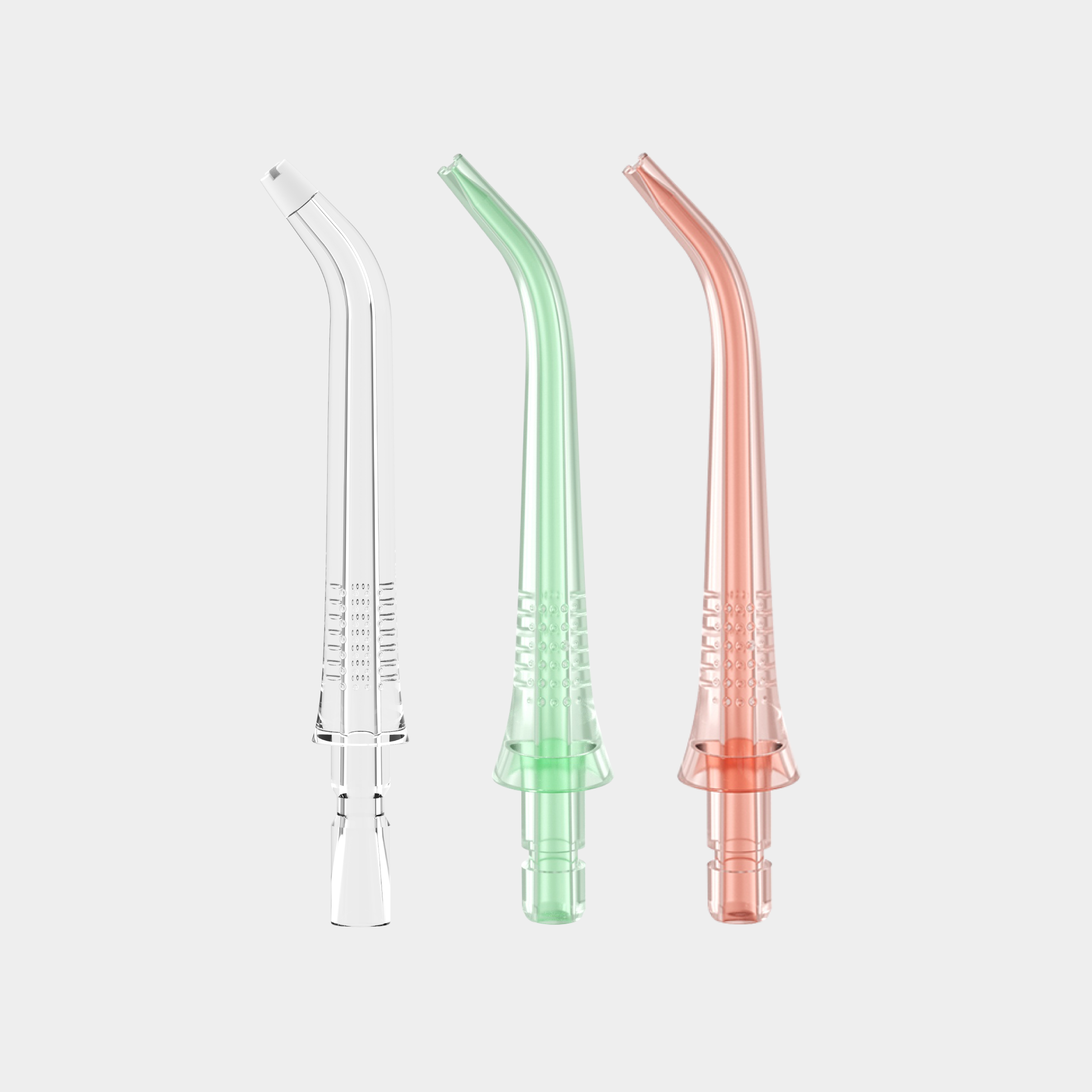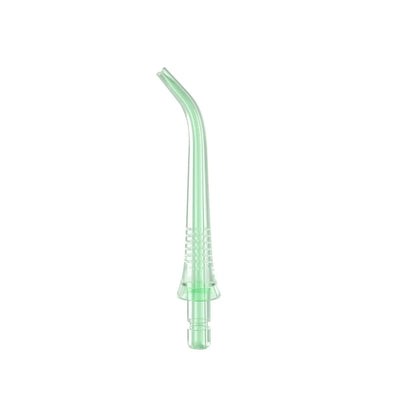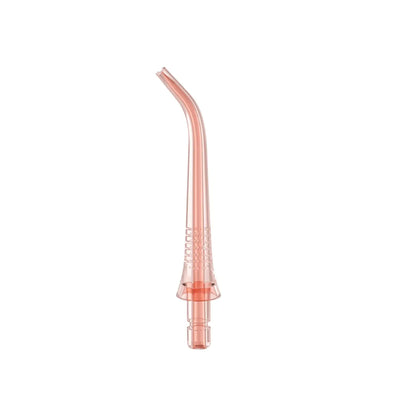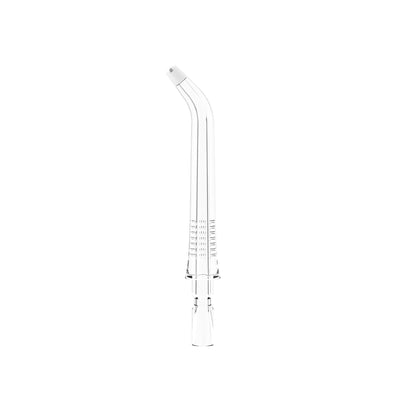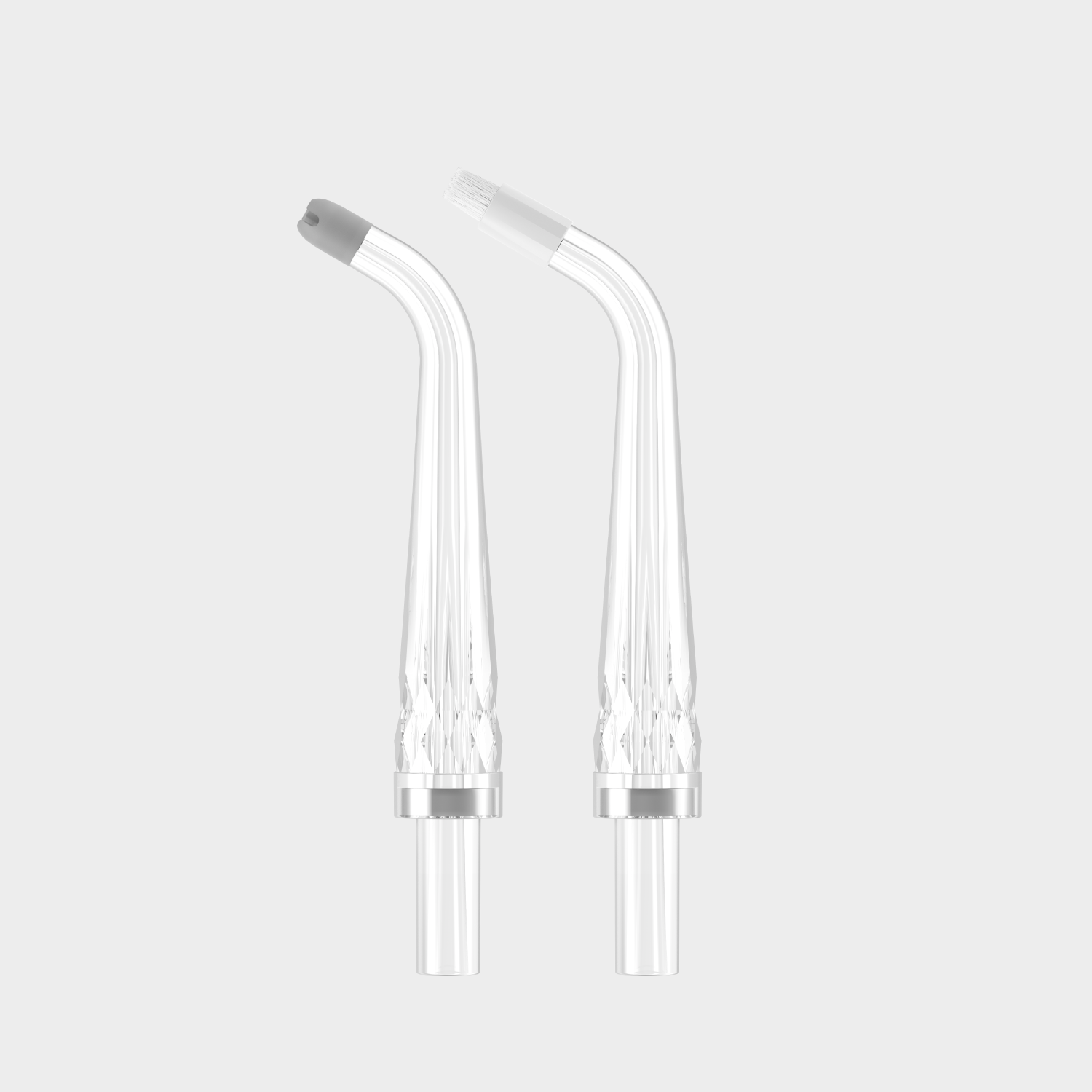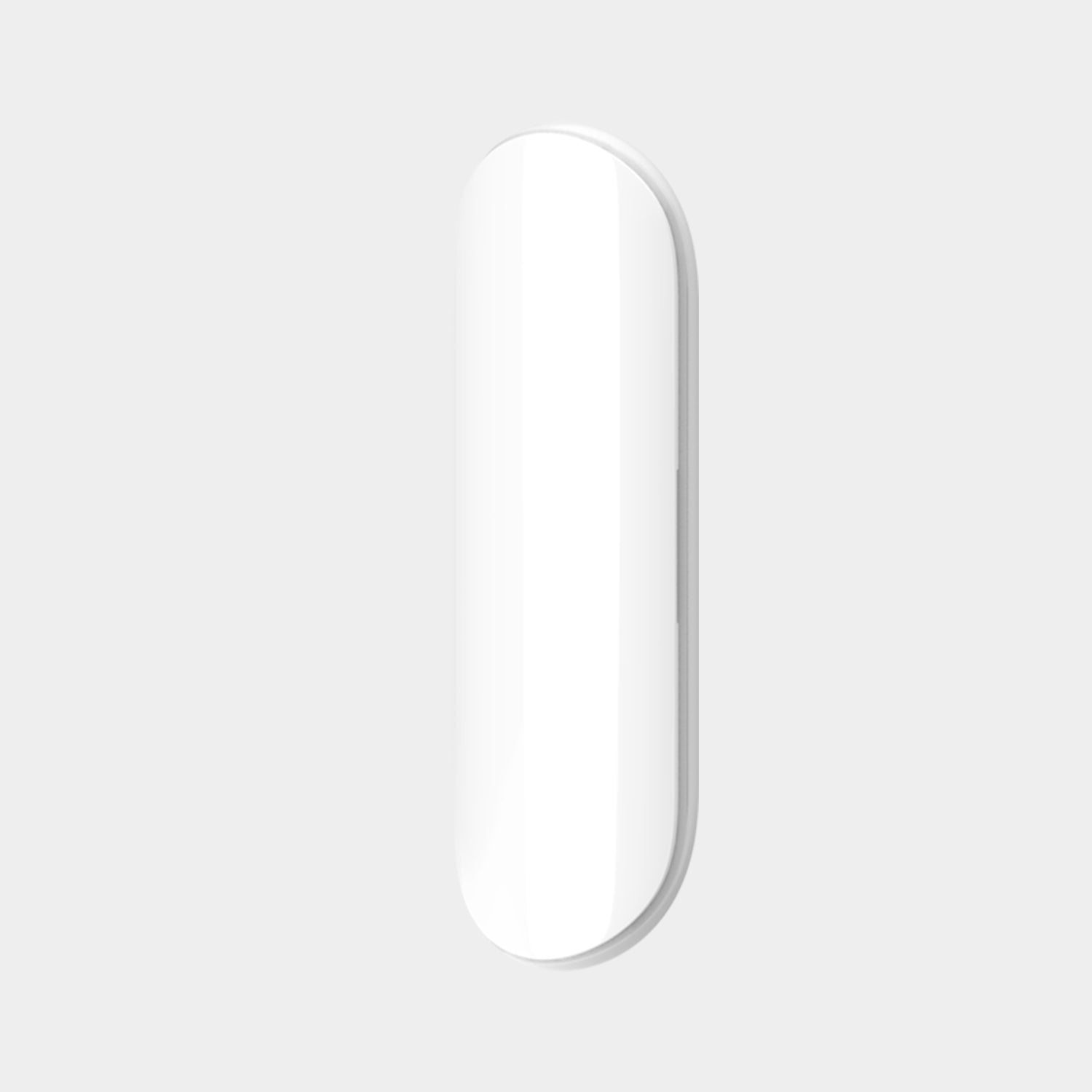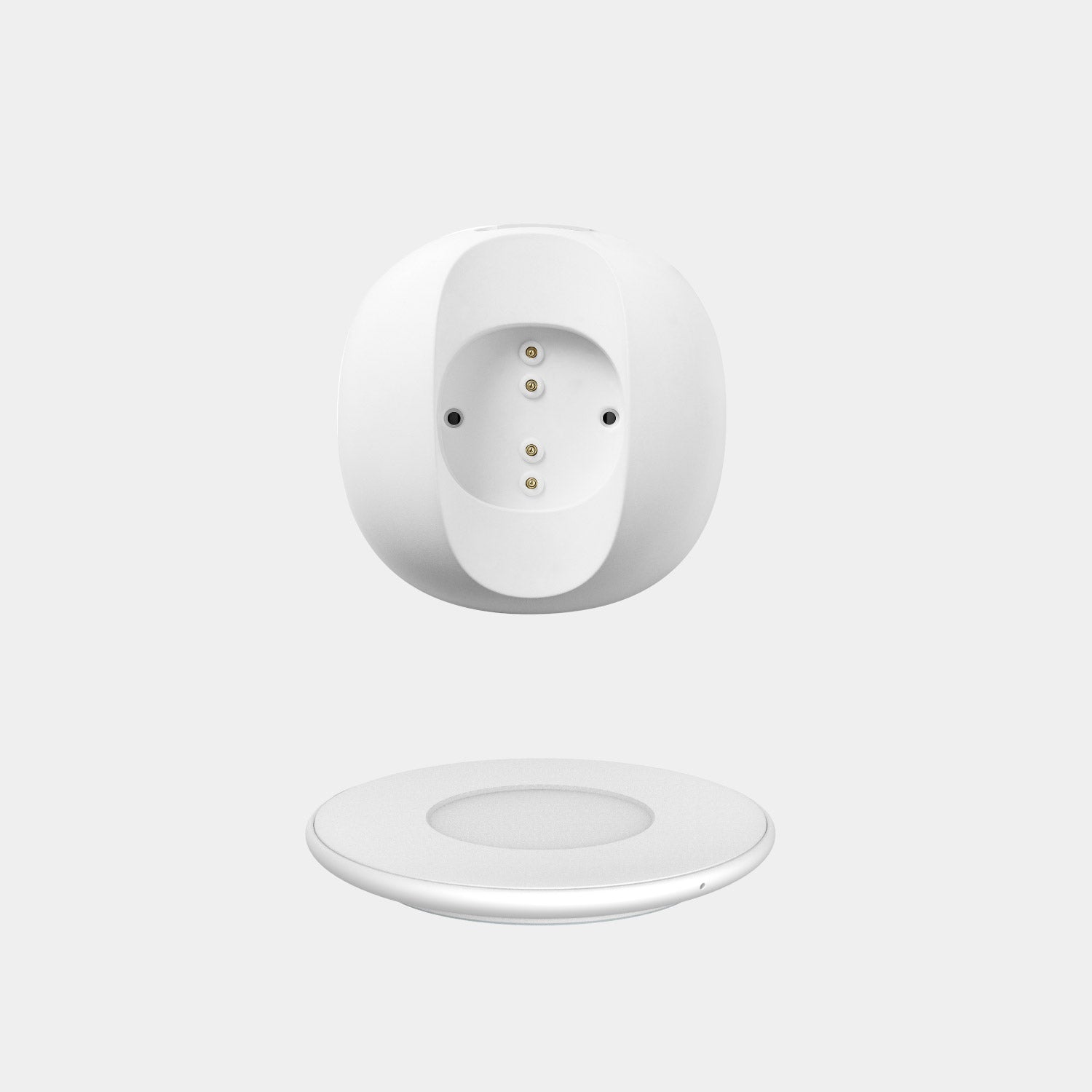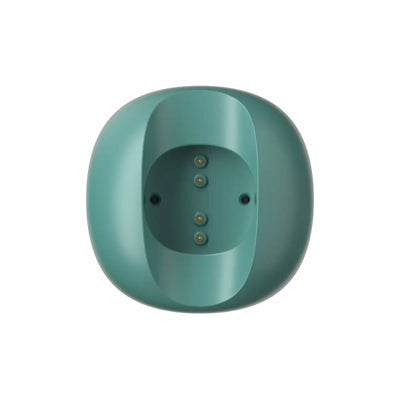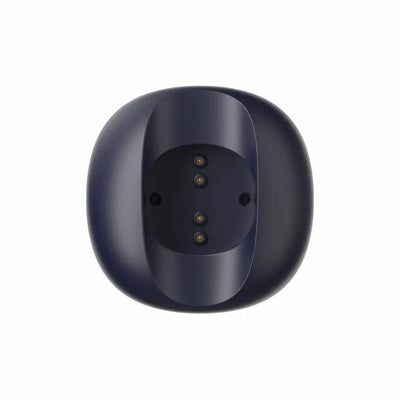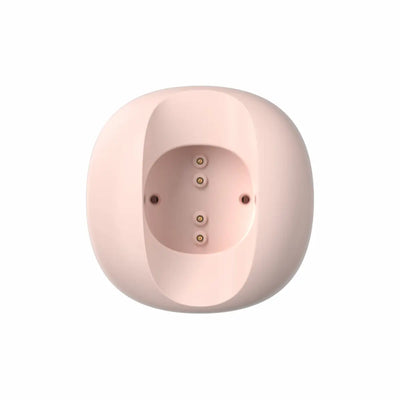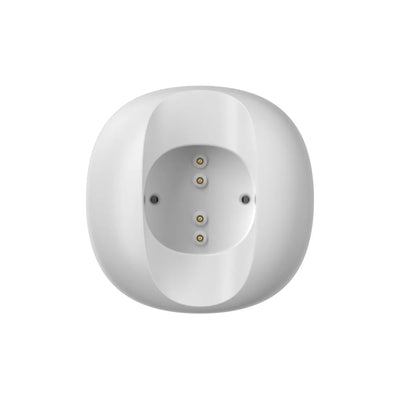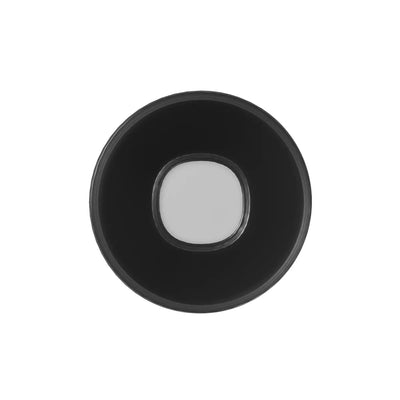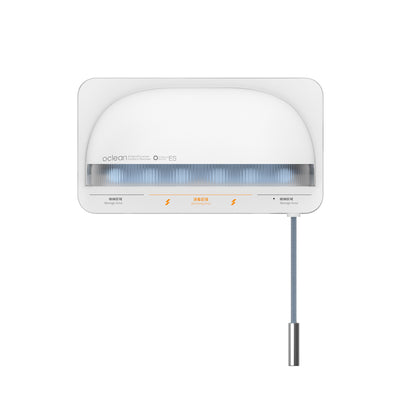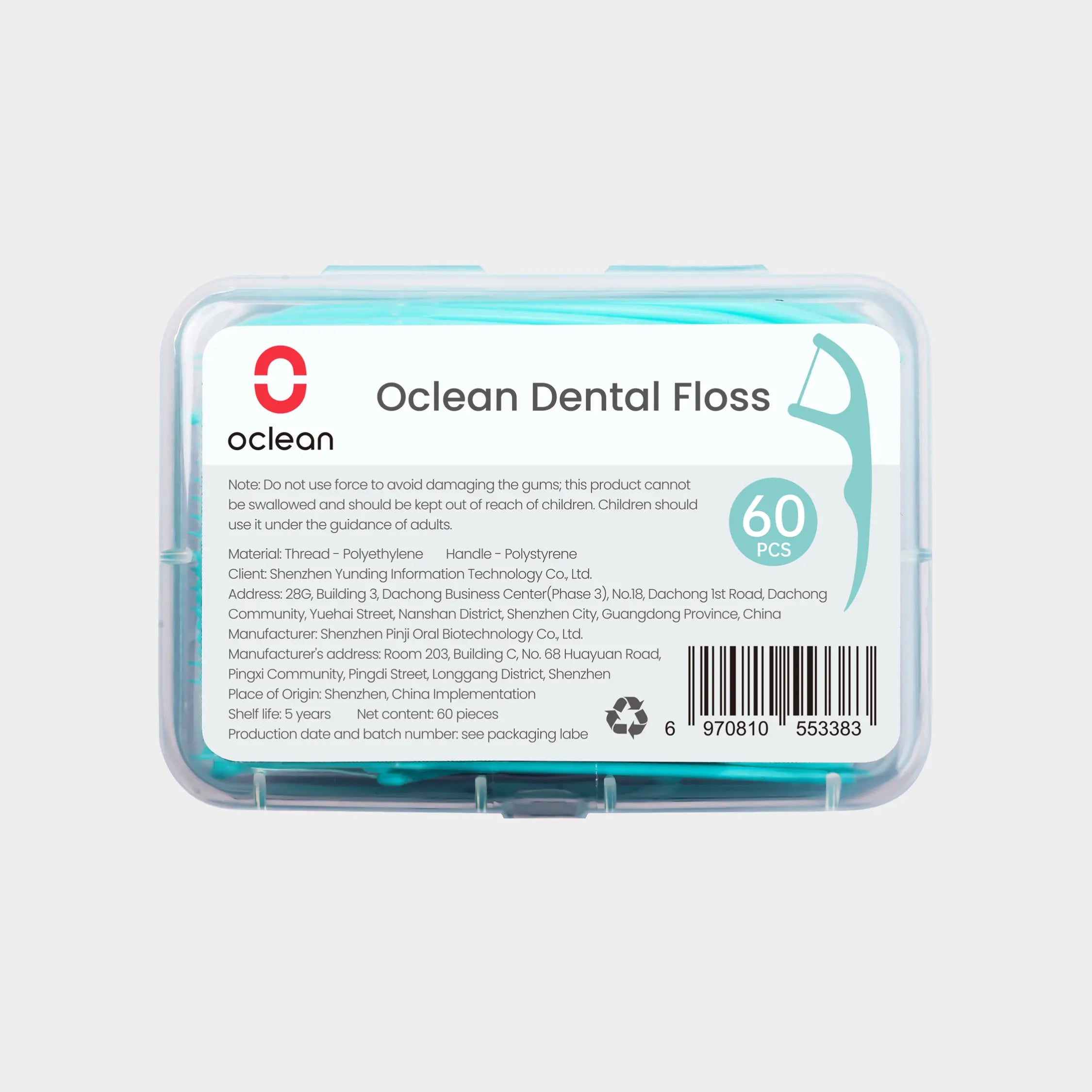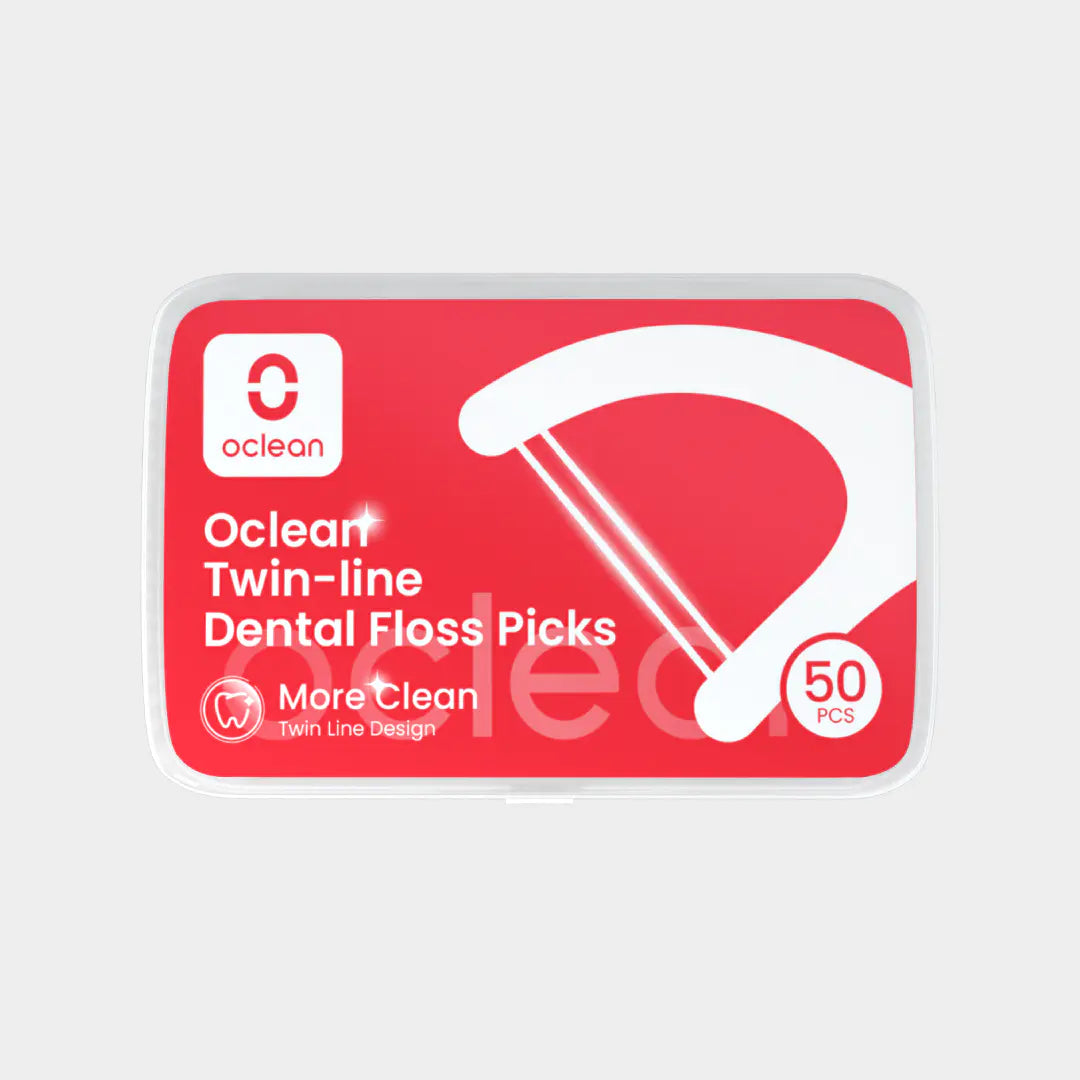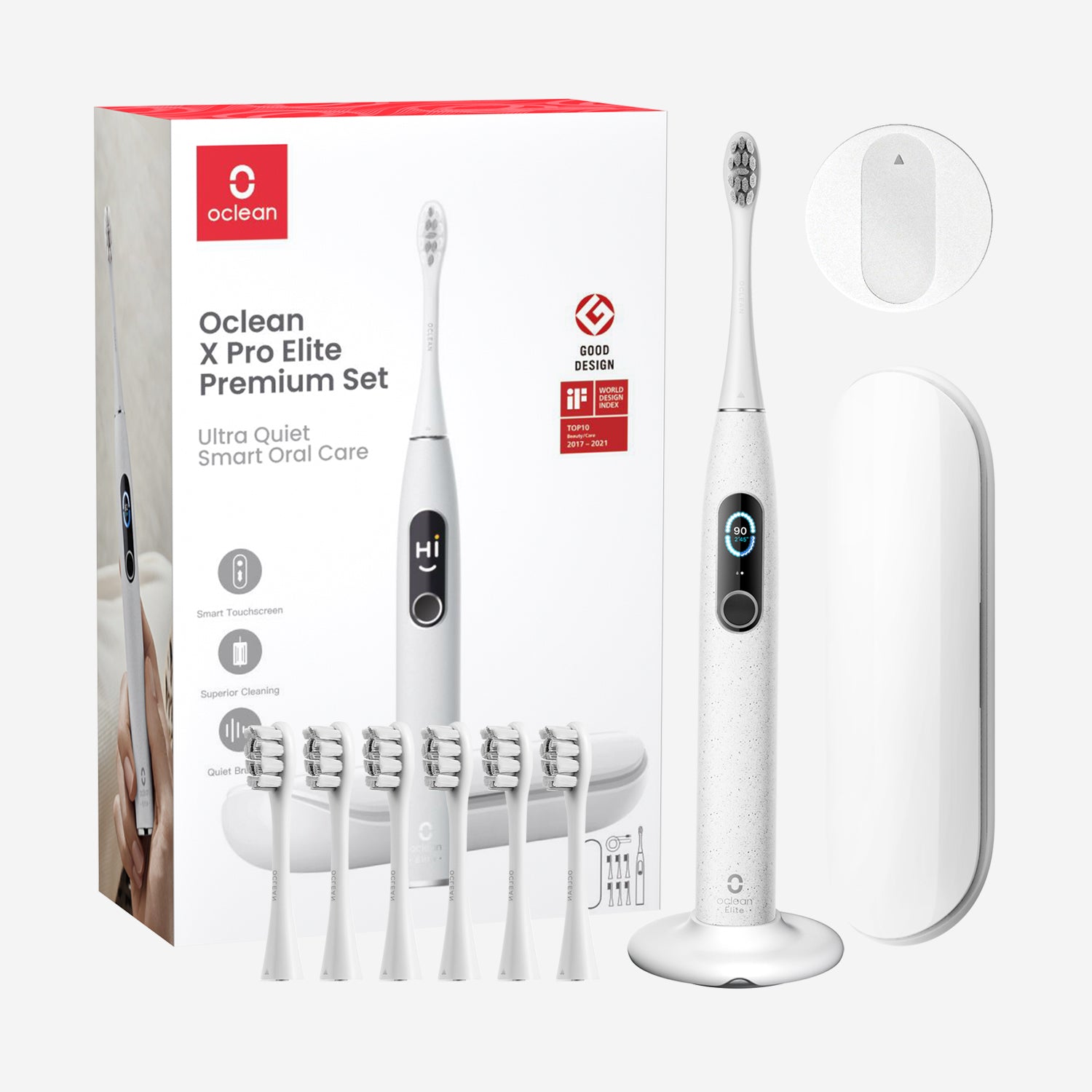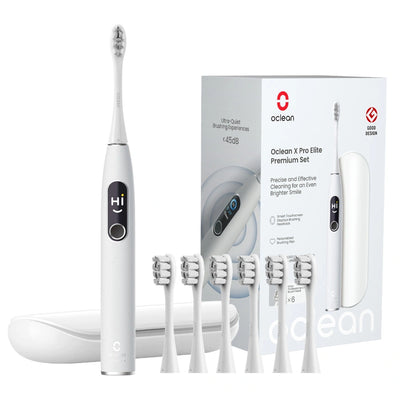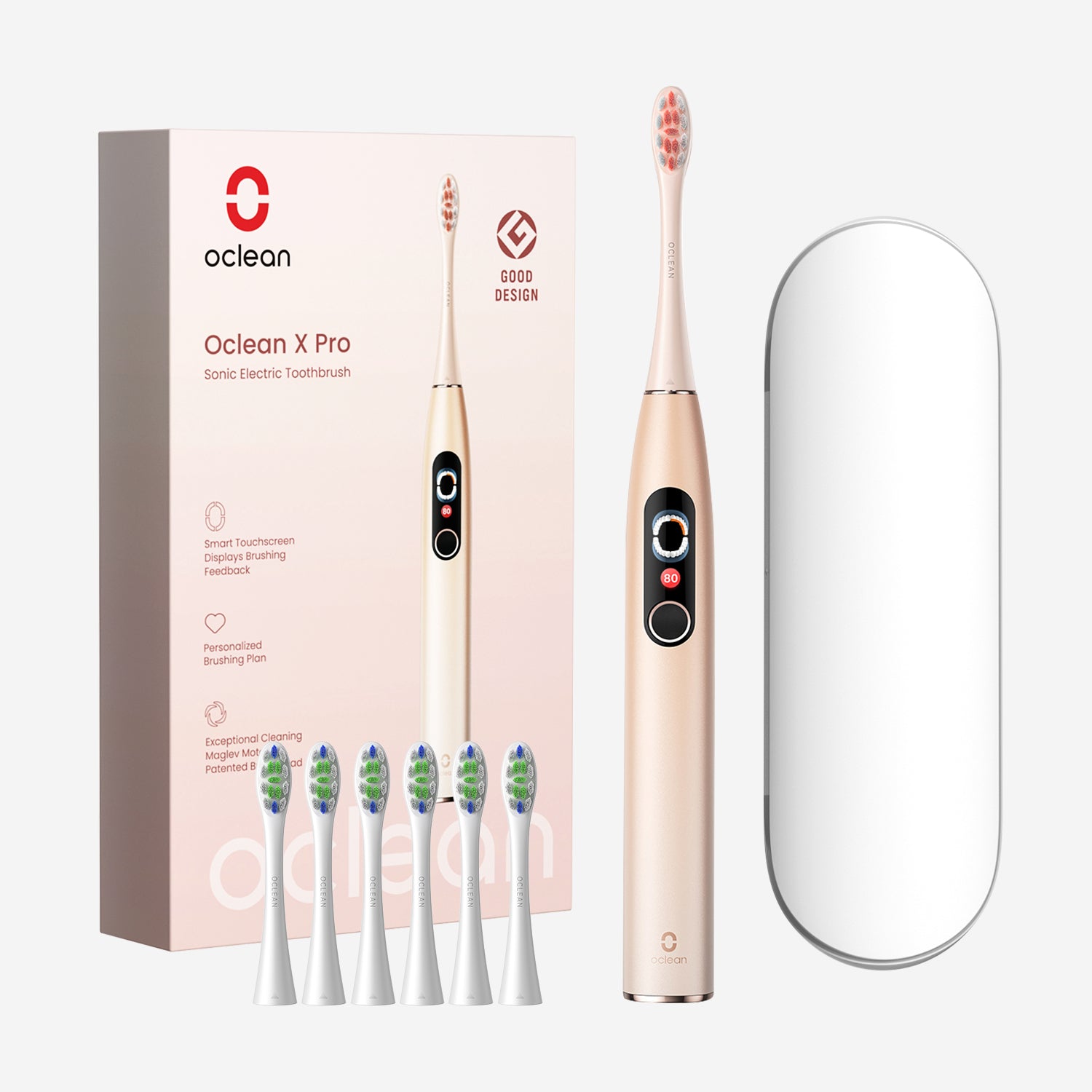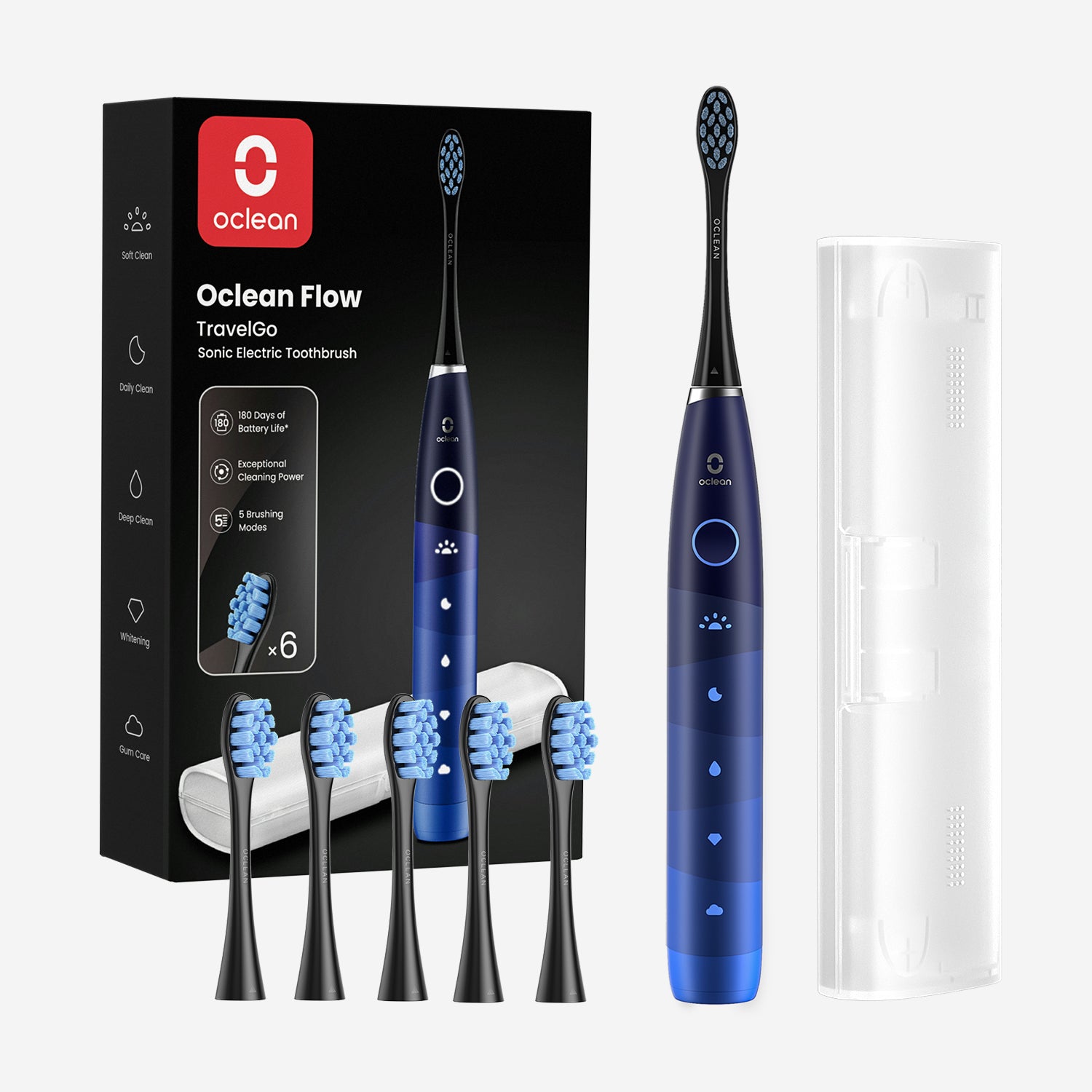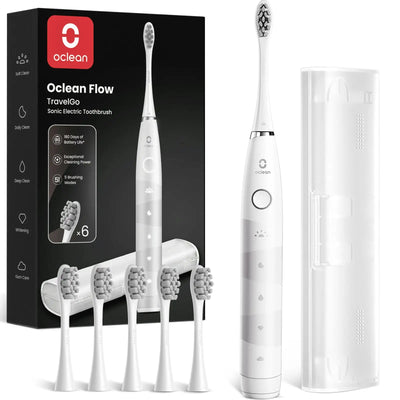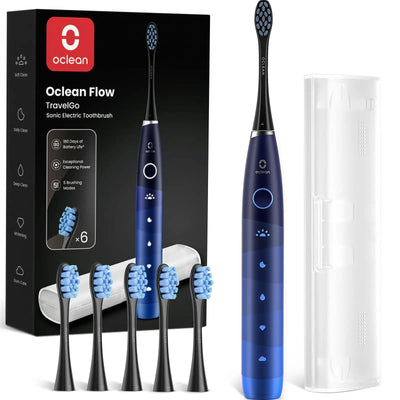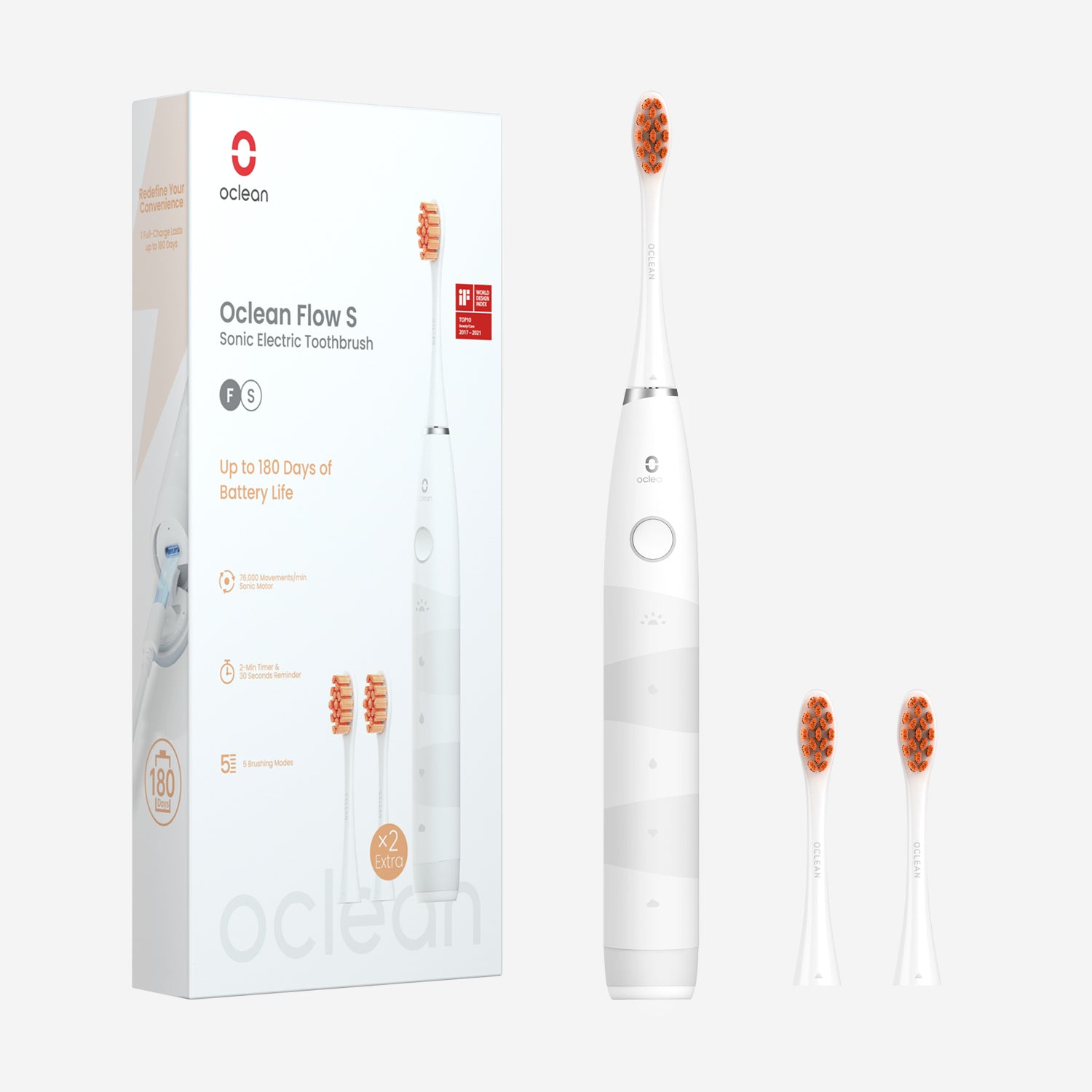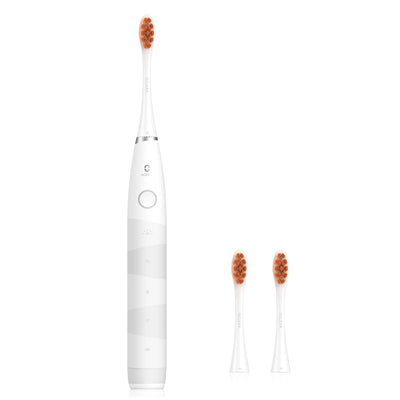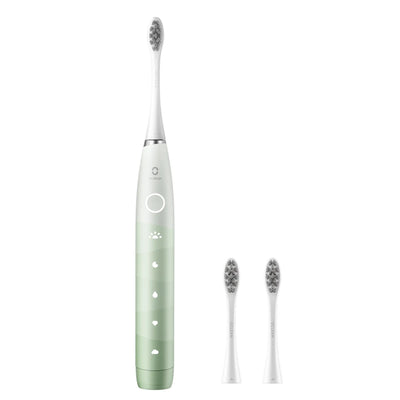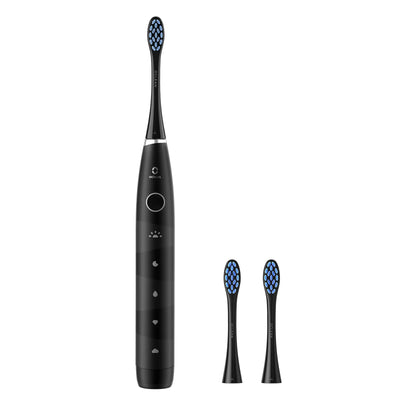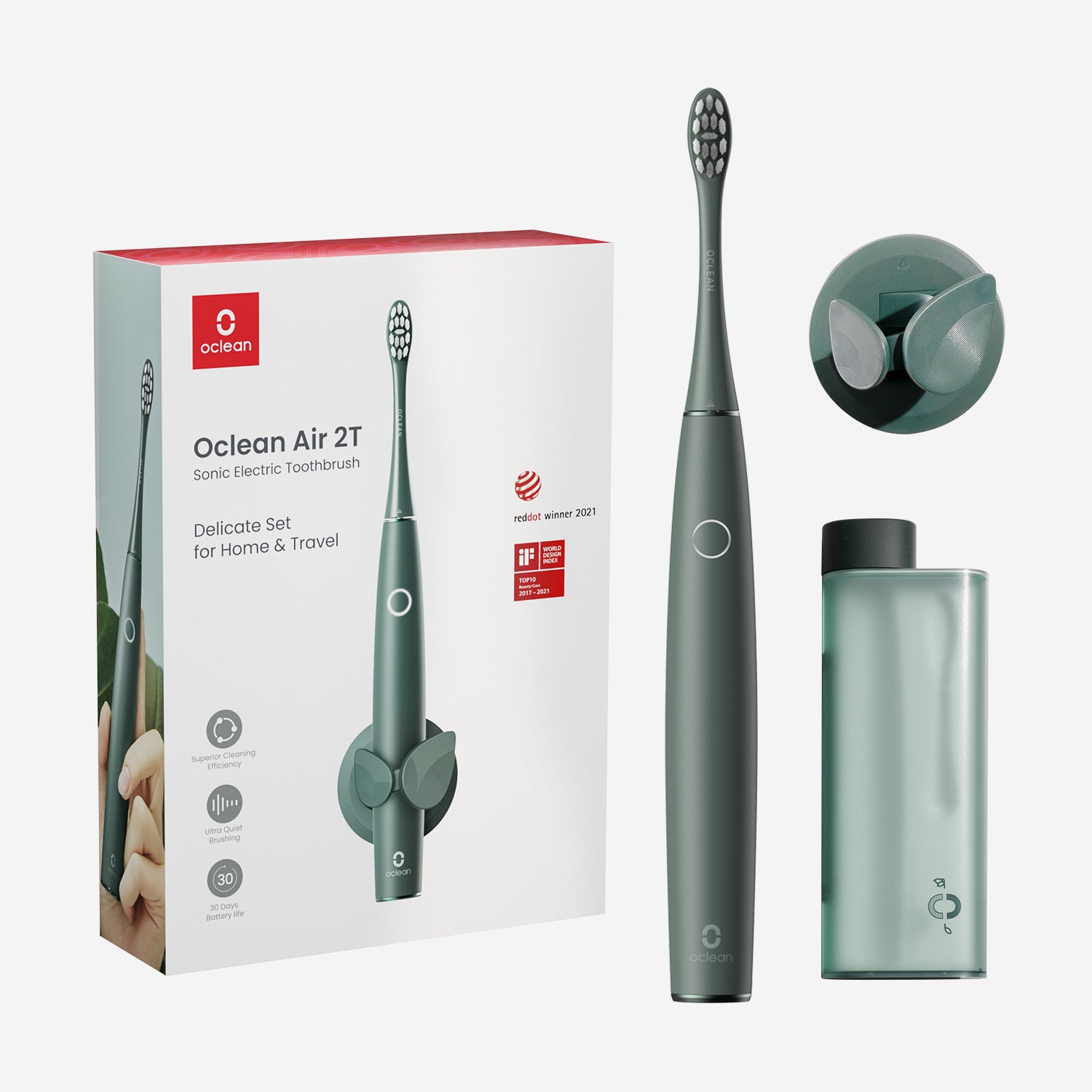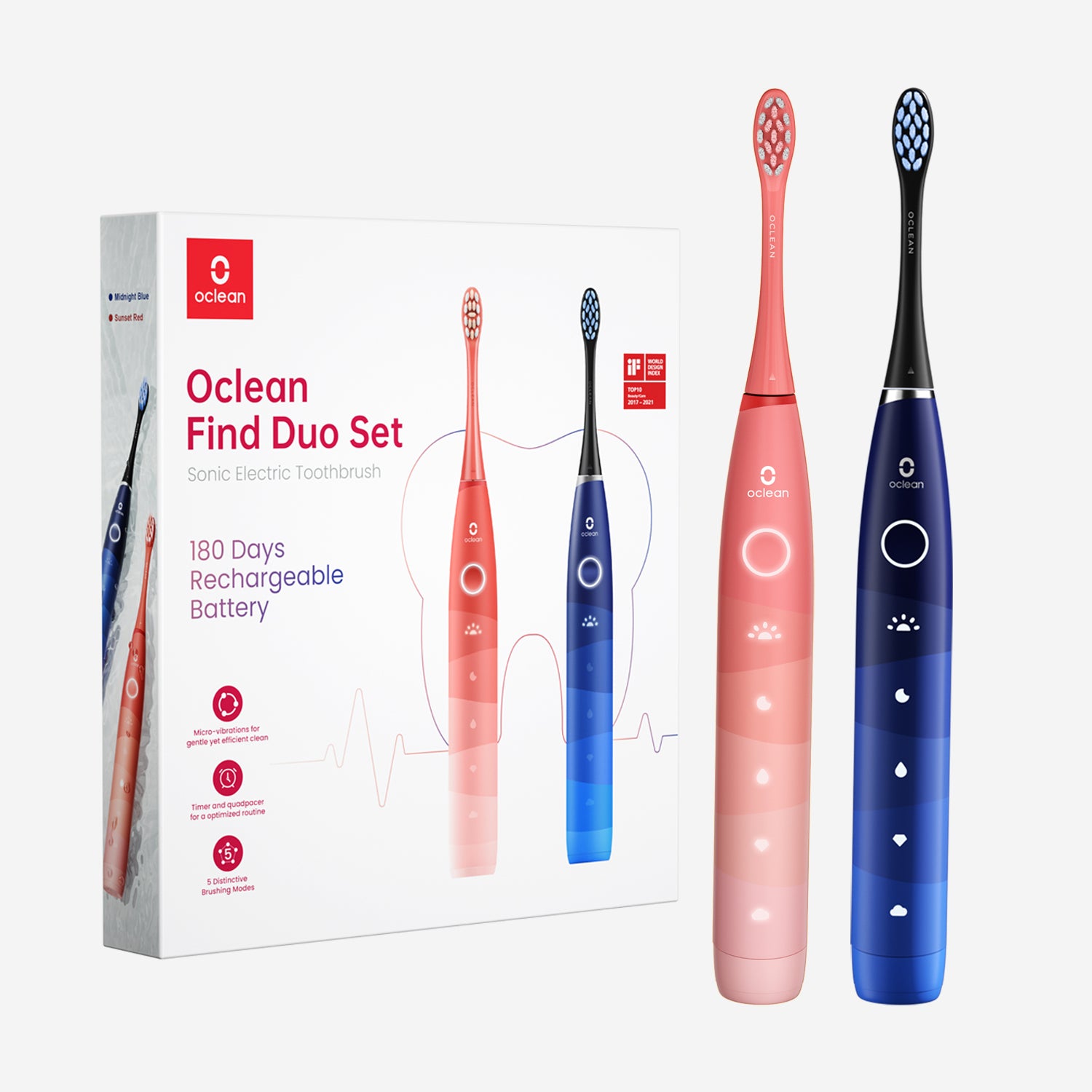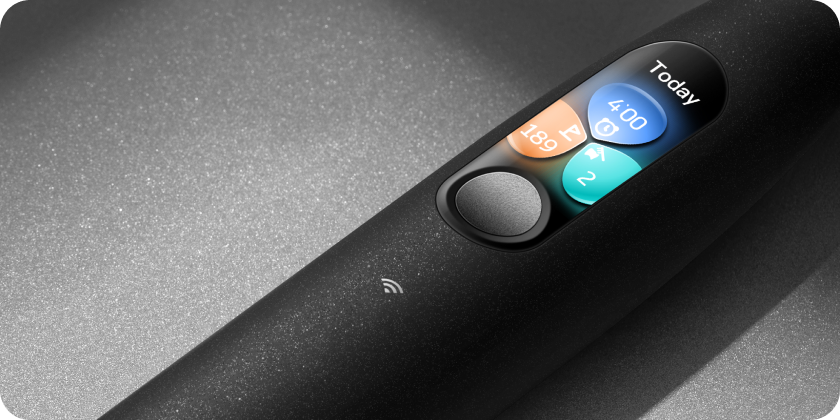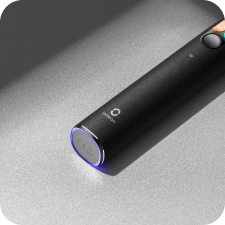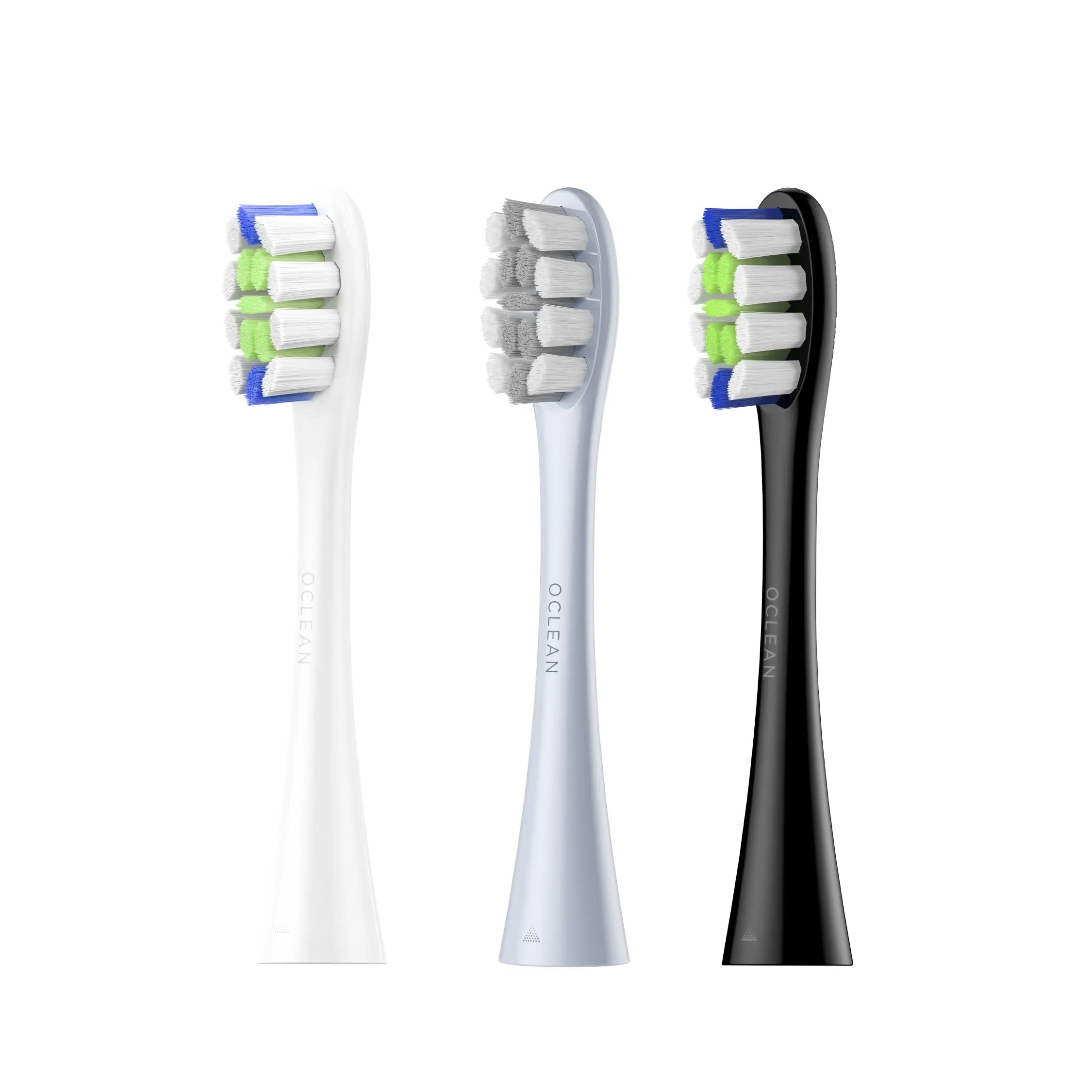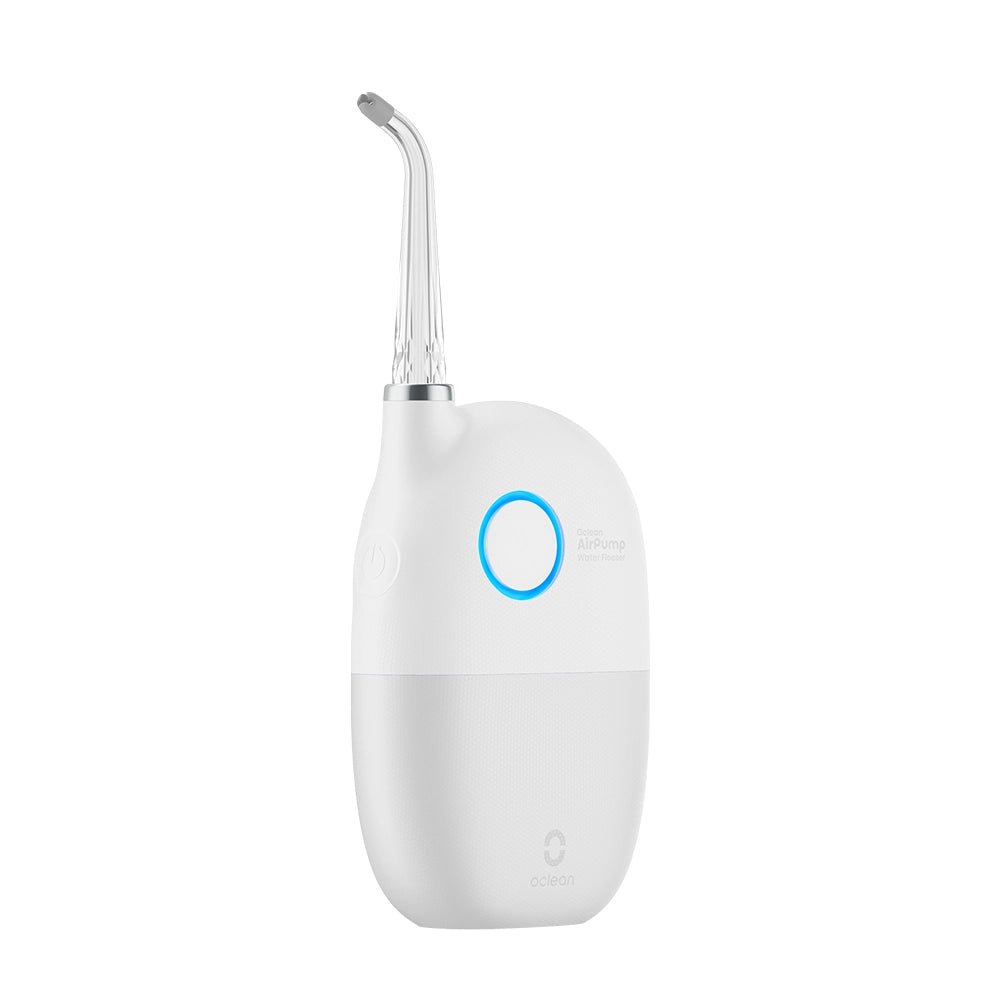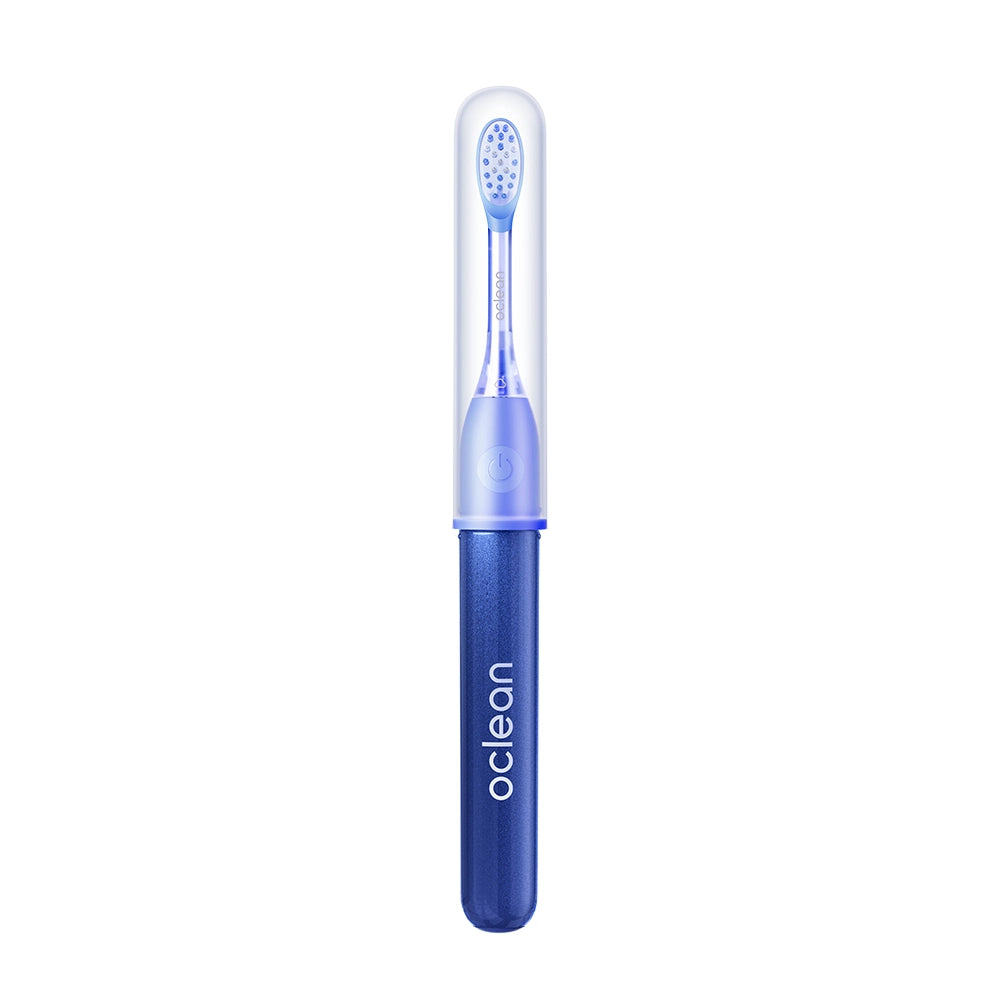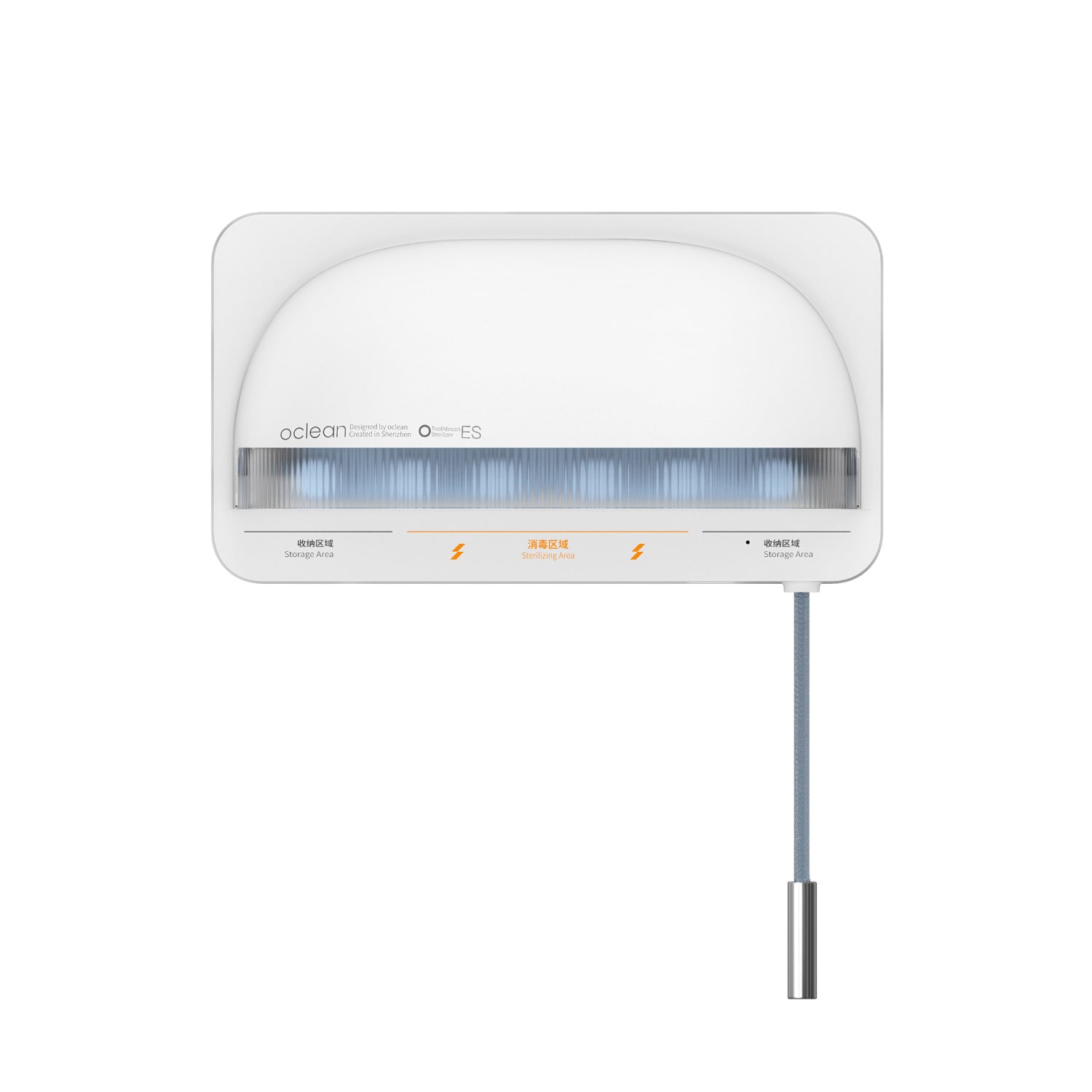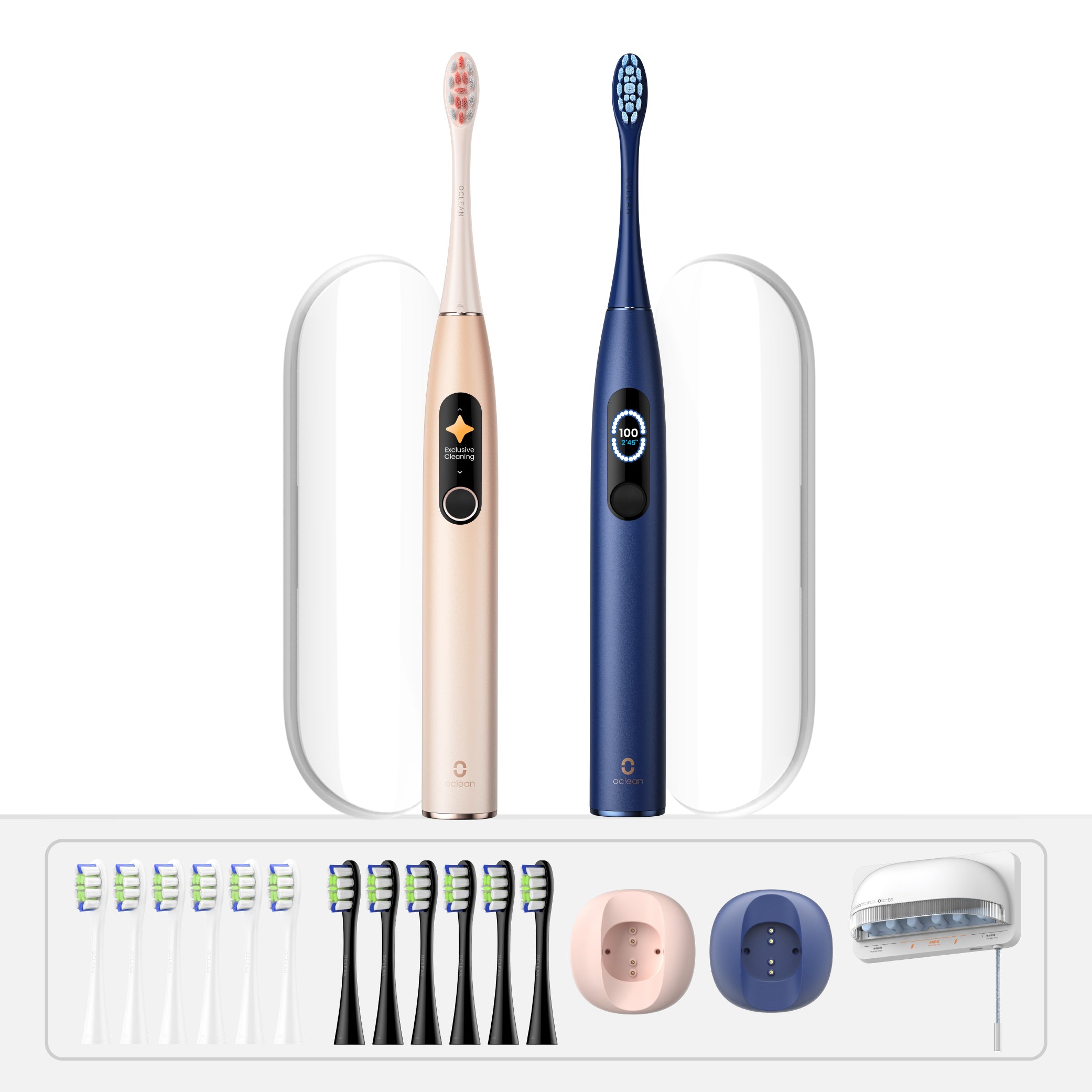Why is it that brushing teeth is broadly accepted while flossing is shrouded in a cloud of uncertainty, confusion, and fear?
Even people from the pre-historic era flossed until Levi Spear Parmly re-invented an actual string floss in 1815. Since then, various versions of floss have overwhelmed the market, including floss picks, floss tape, floss string, and water flossers.
While it is normal for individuals to have their own opinions about what works best for them, the most concerning element is the debate over how flossing can cause loose teeth.
Does flossing create gaps in teeth? Can I cause teeth to become loose? Or is this all just an age-old myth in serious need of debunking? Let's find out.
Does Floss Cause Gaps?
A hectic schedule and a few misconceptions have made flossing an option despite the suggestion to floss daily. Some people even avoid flossing because they believe it would create gaps between their teeth, and they are also found asking their dentist, "Does flossing create gaps in teeth?"
No, flossing can never cause gaps in your teeth if you do it correctly. However, flossing can be harmful if done incorrectly.
However, if you find gaps between your teeth, you must know that these gaps did not appear overnight due to flossing. Tooth gaps mainly arise over time due to erroneous flossing techniques.
Flossing Mistakes To Avoid Gaps In Your Teeth
We know you want to know how we can create gaps between teeth by flossing. Flossing isn't supposed to cause gaps in your teeth. So, here are some mistakes that you might make while flossing that can cause gaps in your teeth-
A Cut In Your Gum
When you force the floss between your teeth, it snaps down and cuts your gum. These minor cuts can be painful and impactful, causing the gums to recede over time, resulting in gaps between your teeth.
No Flossing Days When Your Gum Bleeds
Gum bleeding might occur for several reasons, including periodontal diseases and plaque. So, habitually, when you find your bleeding gums, you choose not to floss on those days.
However, some dentists encourage people to keep flossing because bleeding gums are a sign that they have developed plaque, which only flossing can remove.
How Do You Floss Without Gap Teeth?
If you want to avoid having teeth gaps, you must ensure that you floss the right way. Begin the process by breaking a piece of floss thread that is approximately 18 inches long.
Then, wrap most of it around the middle fingers of both your hands. Keep the floss in place with a firm grip between your thumbs and forefingers.
Step one starts by using your floss vertically, in a sawing motion, but be very careful while moving the floss between your teeth. While you begin flossing, avoid pressing the floss into the gums, as that may lead to cuts, and you may end up with gaps between the teeth.
However, even if the floss reaches the gum line, try bending the thread to form a C-like shape around your tooth so it can go all the way to your tooth base.
As you pull the floss away from the gums, gently massage either side of the tooth with up-and-down strokes to remove any plaque or food particles that may have accumulated.
Use a fresh floss piece each time as you go from one tooth to the next. You must remember that just because there are no other teeth adjacent, it does not imply that plaque and food particles are absent in those areas. Never miss a single spot!
Lastly, once you are done, wash your mouth with water or mouthwash to complete the process.
How Can Flossing Cause Loose Teeth?
Not everyone reacts the same way to flossing. Flossing, on the other hand, is essential because it helps remove any food debris trapped between your teeth, reducing the likelihood of inflammatory reactions.
Nevertheless, if you propel your floss against your teeth and gums aggressively, you may cause minor wounds in your gums. Over time, these cuts and bruises may initiate gum recession and damage tooth enamel, leading to loosening of teeth.
Why Flossing Matters
People often neglect to floss. Little wonder; getting the floss deep in between your teeth – especially those at the back – can seem like a time-consuming, laborious task. Too often, people give their teeth a quick brush and leave the flossing for later – but later never comes.
However, flossing is one of the most important aspects of oral hygiene. Here's why it matters:
· Removes Plaque and Debris. Your toothbrush can only do so much. It can clean the front and back of your teeth, but it can't get at the tight space between each tooth and the gums. That's where flossing comes in. It removes the plaque and debris that builds up between your teeth, reducing tartar formation and lowering the risk of cavities and gum disease.
· Prevents Gum Disease. People often find that when they start flossing, their gums bleed. This is a sign of gingivitis – or gum inflammation. It's caused by the bacteria and plaque that lurk between your teeth. Only by removing the buildup can the inflammation settle, preventing gum disease.
· Better Breath. Bad breath is partly caused by tooth decay and trapped food particles. We've all had a bit of meat stuck between our teeth. Flossing removes these particles, giving you a fresher, cleaner breather.
· Improved Health. Your oral hygiene has an effect on your whole body. It's known that lowering the risk of gum disease also alters systemic conditions like diabetes, heart disease, and stroke. Through regular flossing, you lower levels of inflammation, potentially reducing the risk of these conditions.
Other Misconceptions About Flossing
So, does flossing create gaps in teeth? No. With the right technique, flossing should never cause gaps to form between your teeth. Unfortunately, this isn't the only misconception people believe. Here are some others:
· Brushing Alone Is Enough. Even the most diligent brusher can clean between their teeth or below the gum line. Flossing is the only solution to remove plaque and food debris. If paired with an interdental brush, you lower the risk of gum disease and cavity formation.
· Flossing Is Painful. People often floss once, notice the pain and blood, and never do it again. The problem? Well, the bleeding and pain occur precisely because of a lack of flossing. As mentioned, the buildup of plaque and bacteria causes gingivitis, which causes the gums to become inflamed. Flossing frequently will reduce the pain and bleeding over time.
· Flossing Takes Too Much Time. Again, flossing takes a long time because of a lack of practice. Spending a few minutes flossing your teeth can save you immense costs in the future. Plus, it's the best way to safeguard your teeth.
· Mouthwash Is a Good Replacement. Mouthwash is excellent for killing the remaining bacteria in your mouth. However, it cannot replace flossing. As with brushing, mouthwash doesn't remove the plaque from between your teeth. That means it will continue to accumulate, mineralising until it becomes tartar.
Finding It Difficult To Floss?
Traditional flossing can be tricky for you, especially if you are starting. But that should not be the reason to stop you from flossing, especially after looking at the guidelines published by the American Dental Association (ADA), Centres for Disease Control, and others. Their report emphasises that flossing helps prevent cavities and gum disease.
But you are finding it challenging to floss anyway. Right?
We Have Got You Covered.
If you find a traditional floss problematic, you may switch to a more manageable option: a water flosser.
A dental water flosser is a high-tech device that streamlines water at high speed inside your mouth to wash away any trace of food particles stuck in remote corners.
A statement published by the American Dental Association states that a water flosser is more effective in removing plaque than traditional dental floss. So, in addition to brushing twice daily for two minutes, they recommend flossing once daily to eliminate accumulated food particles that trigger severe dental or gum diseases.
Can't Find The Apt Water Flosser?
While the market is saturated with several oral irrigators, it might be challenging to identify what's best for you. Additionally, the ADA recommends using a water flosser that they have approved. So, picking a reliable option from a long list of products can be tedious.
But where there's a will, there's a way. So, we'd like to introduce you to Oclean, one of the most well-known brands in the oral health market. You can get your hands on the OCLEAN PORTABLE WATER FLOSSER, which is sensitive and easy to use.
This high-performing device comes with different flossing modes and various intensities to meet your requirements. Furthermore, its handy and sleek design makes it a perfect go-to water flosser for you.
Still apprehensive about what causes a gap in your teeth and if flossing is the right option for you?
Well, don't be.
You should only be worried about flossing smartly with our OCLEAN PORTABLE DENTAL FLOSSER.
Table of Contents
